Once-Powerful Cities That Now Struggle To Survive
After enough time passes, people can see companies, celebrities, and entire industries explode onto the scene, only to disappear years later. Some vanish abruptly, but others see their initial break-neck momentum peter out into a long, slow decline.
Unfortunately, millions can attest that the same phenomenon can take hold in entire cities. Throughout the United States and the world at large, there are many cases of urban environments that showed promise as the metropolises of the future. However, unforeseen circumstances saw their attractive features decline, and their populations shrink until they were more famous for failing than for their early success…
Bay City, Michigan

Bay City, located near the base of Michigan’s “thumb” along the Saginaw River, was once home to booming lumber and shipbuilding industries. However, as timber supplies in northern Michigan dwindled, Bay City’s fortunes soon turned south.
The city’s peak in terms of population and production occurred during the midcentury years, but within a few decades, it suffered a fate familiar to other Rust Belt cities. While Bay City has maintained its population and built a modest tourism industry, unemployment is still high.
Welch, West Virginia
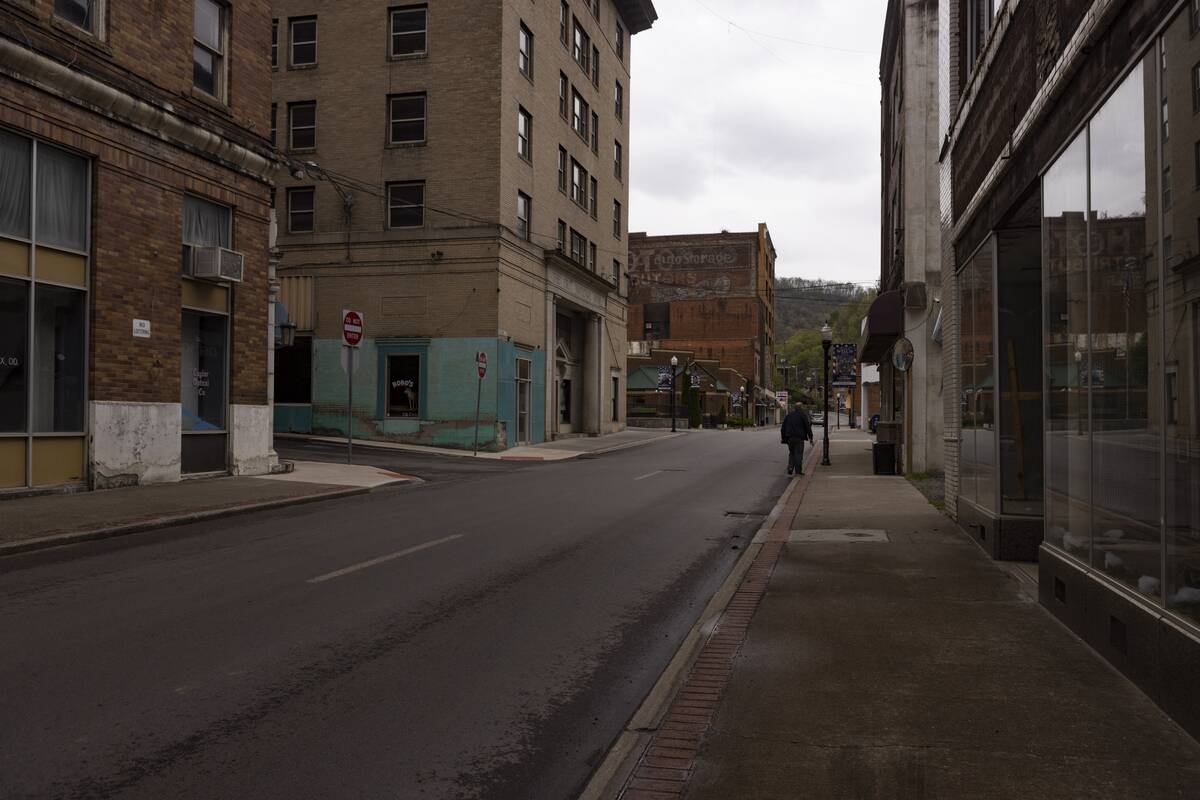
This town in the rugged mountains of southern West Virginia was once the economic and administrative center of the coal-producing region of McDowell County. At one point, it was a bustling population center with luxury hotels, a newspaper, and local sports.
However, like the rest of West Virginia, Welch’s fortunes faded as the coal industry became automated and less desirable. Over time, McDowell County’s population plummeted by more than 75 percent from its peak years.
Rock Springs, Wyoming
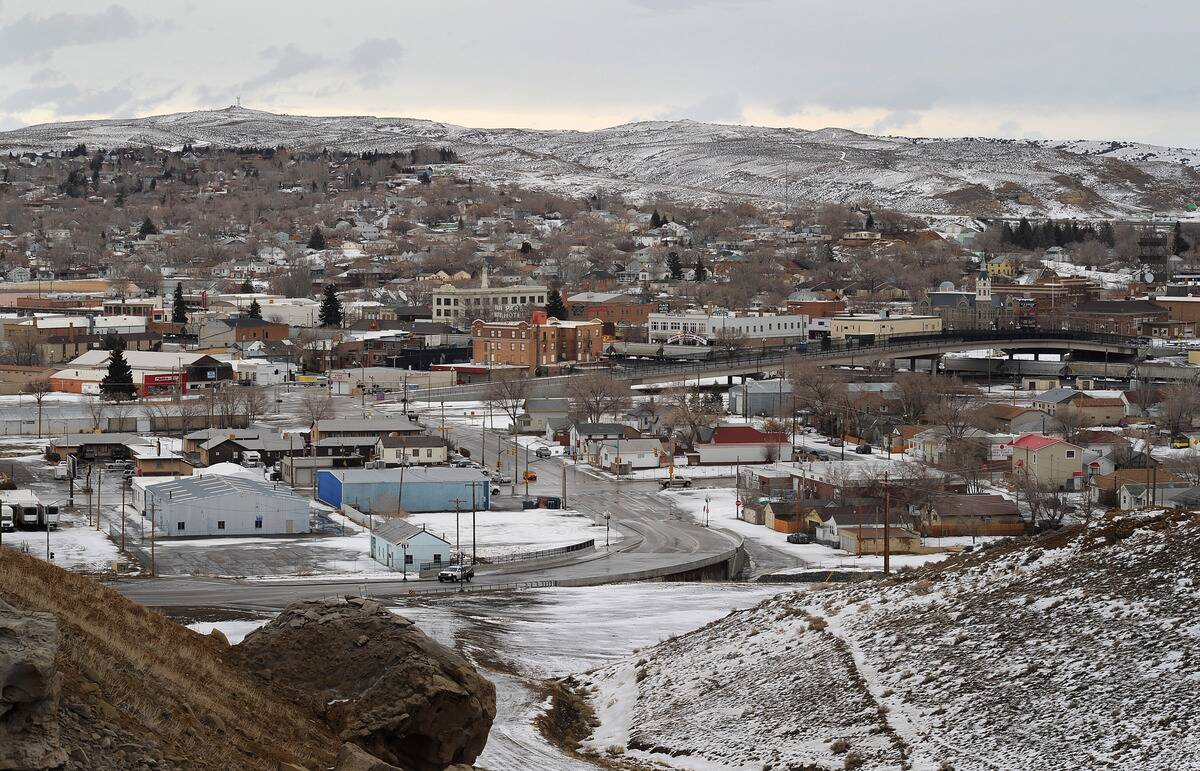
Rock Springs, a coal mining town, flourished thanks to its proximity to the Union Pacific Railroad, which provided a ready buyer for its coal reserves. The town was the site of an ugly racially-fuelled massacre in 1885, but rebounded to grow throughout the early 20th century.
As railroads transitioned to diesel engines and the demand for coal dropped, Rock Springs saw its economy falter. Minor natural gas and oil booms have helped sustain it, but Rock Springs has not been able to regain its former prosperity.
Pontiac, Michigan
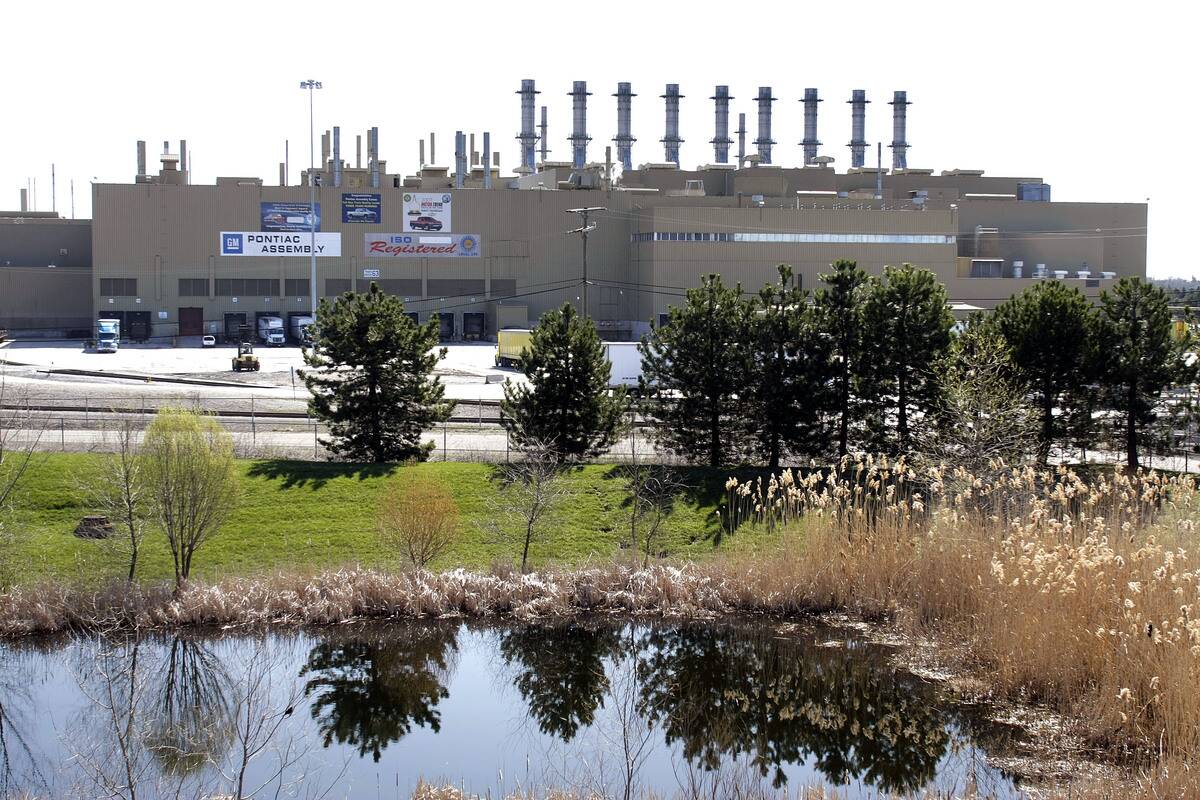
This suburb of Detroit is deeply intertwined with the city’s auto industry – it was named, after all, for the Pontiac Motor Division that called the city home. In the 1970s, the city was home to around 85,000 people, many of whom worked in the automotive industry.
However, as the American auto industry entered a state of near-collapse in the 1990s, a steep economic decline saw Pontiac’s tax base collapse. Today, it’s seen as a struggling post-industrial city.
Lynch, Kentucky
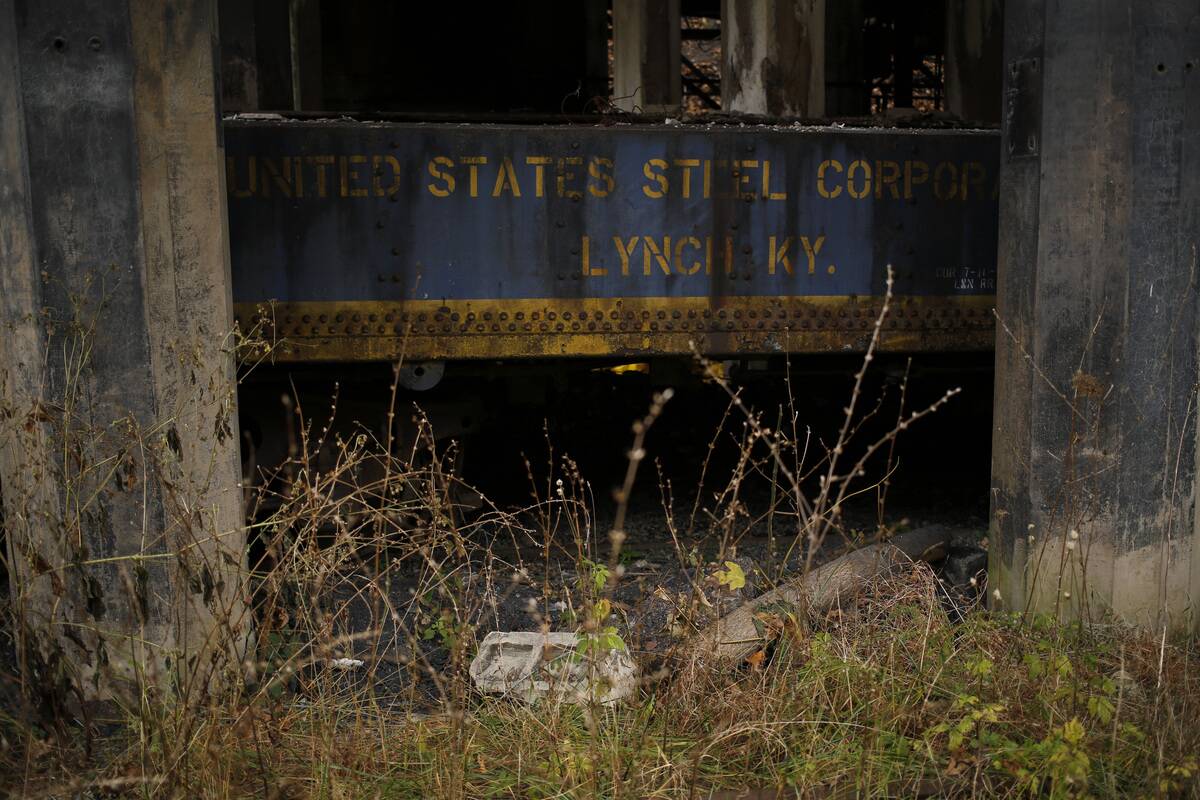
Lynch, Kentucky, is a coal town that experienced a growth in population after U.S. Steel built housing and infrastructure for miners in 1917. According to WKYT, the town prospered alongside the whole state when coal mine employment peaked in 1948.
As the coal industry in the United States decreased, however, so did Lynch’s population. This eventually led to a period of severe economic decline and the closure of many of the mine shafts. Although the area has since seen infrastructure improvements, it remains one of the most coal-dependent in the country and still struggles to forge a new economy.
Yellow Dog Village, Pennsylvania
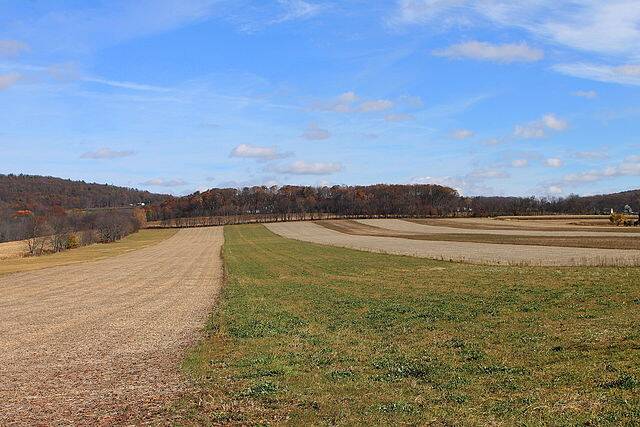
Yellow Dog Village was once a thriving community in eastern Pennsylvania. According to The Daily Mail, the town relied heavily on limestone production, which ground to a halt from 1930 to 1933 in the wake of the Great Depression.
The few remaining residents moved away in 2011, leaving Yellow Dog Village to decline into a ghost town. As a testament to its history, however, some of its buildings still remain. They were vandalized for years but have since been restored into a historical site.
Butte, Montana
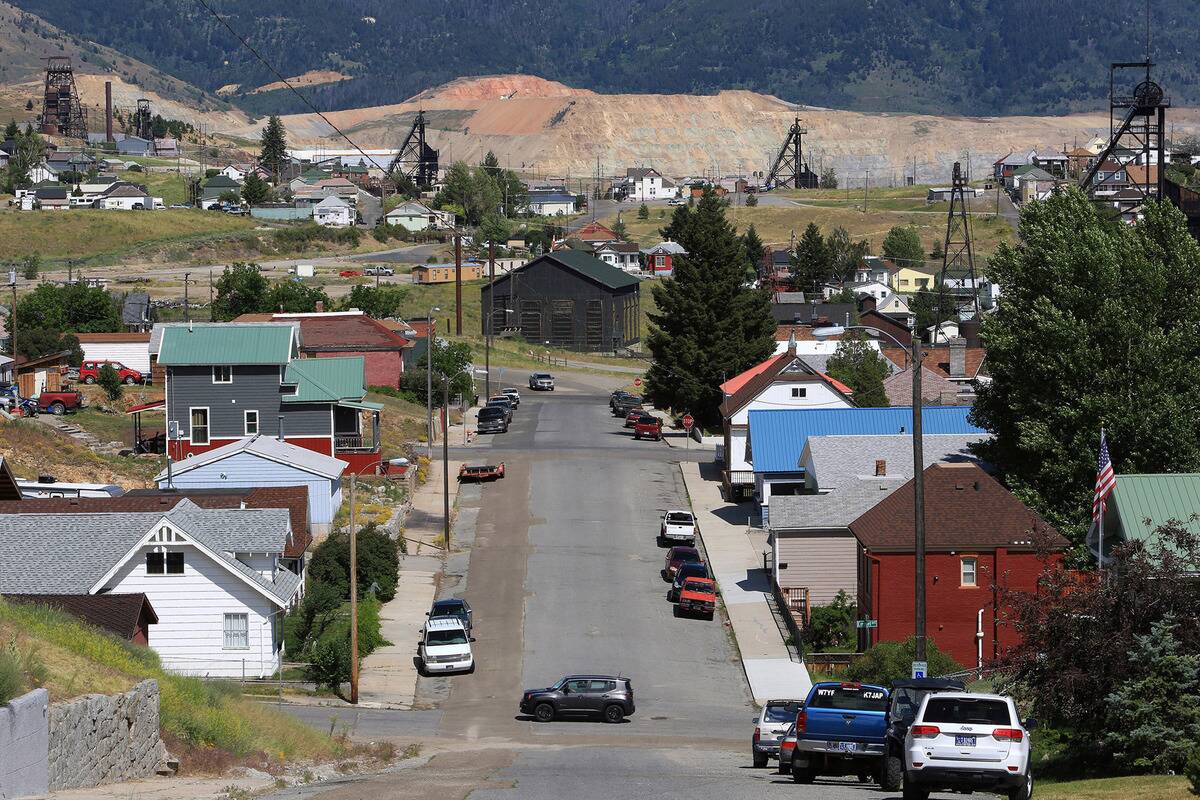
Butte sprung up almost overnight in the late 19th century after large copper deposits were discovered in the nearby hills. By the 1880s, the city was booming and was dubbed “The Richest Hill on Earth.”
Unlike other boom towns, Butte had staying power. With a population of over 100,000 at its peak, it was (and remains) one of the larger settlements in Montana. However, as copper demand fluctuated and resources became depleted, the city’s fortunes entered a steep decline. By the ’80s, most copper mining operations had ceased entirely.
Cairo, Illinois
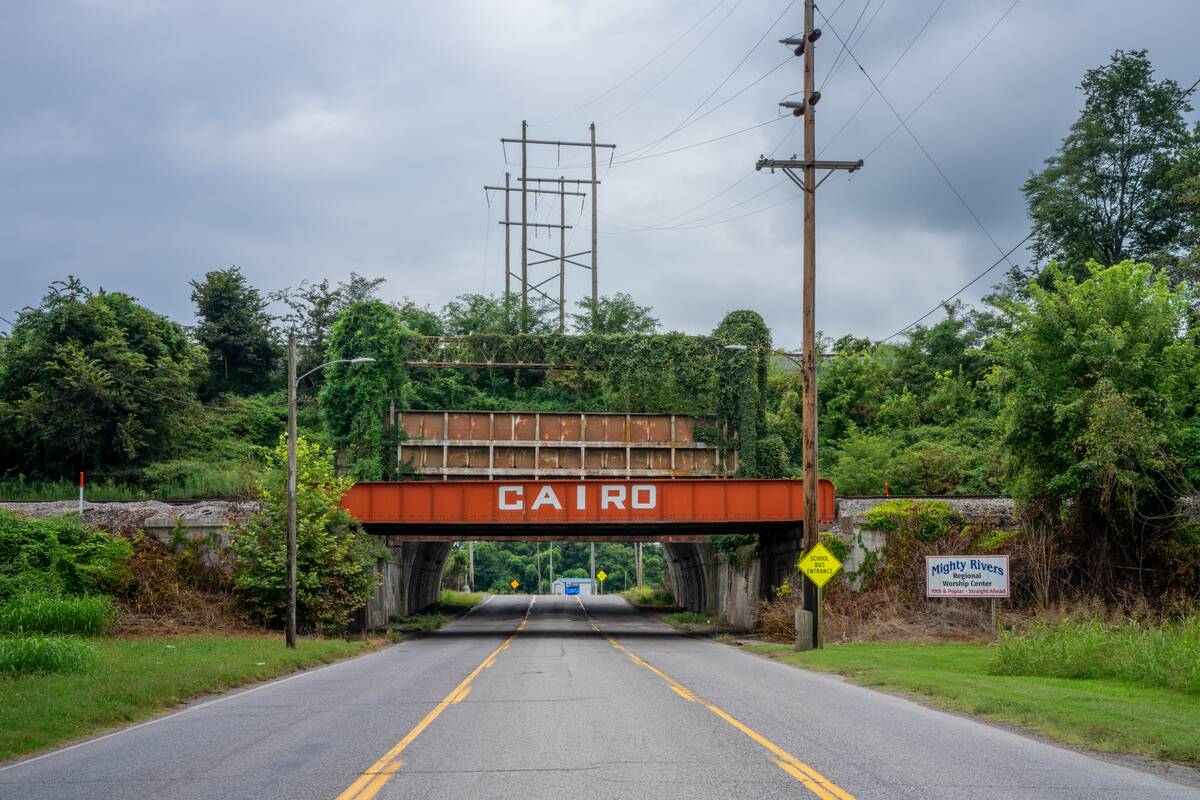
Cairo sits at an advantageous position, at the confluence of the busy Ohio and Mississippi Rivers. It had a boom period in the 19th century, when it served as a riverboat hub and Civil War military post, and was even viewed as a potential commercial rival to cities like Chicago and St. Louis.
Railroads built in the 19th and early 20th century helped Cairo’s fortunes boom even more, but after World War II, Cairo’s fortunes faded. River transport dropped off, racial unrest rocked the town, and economic disinvestment caused Cairo to effectively become obsolete.
Newburgh, New York
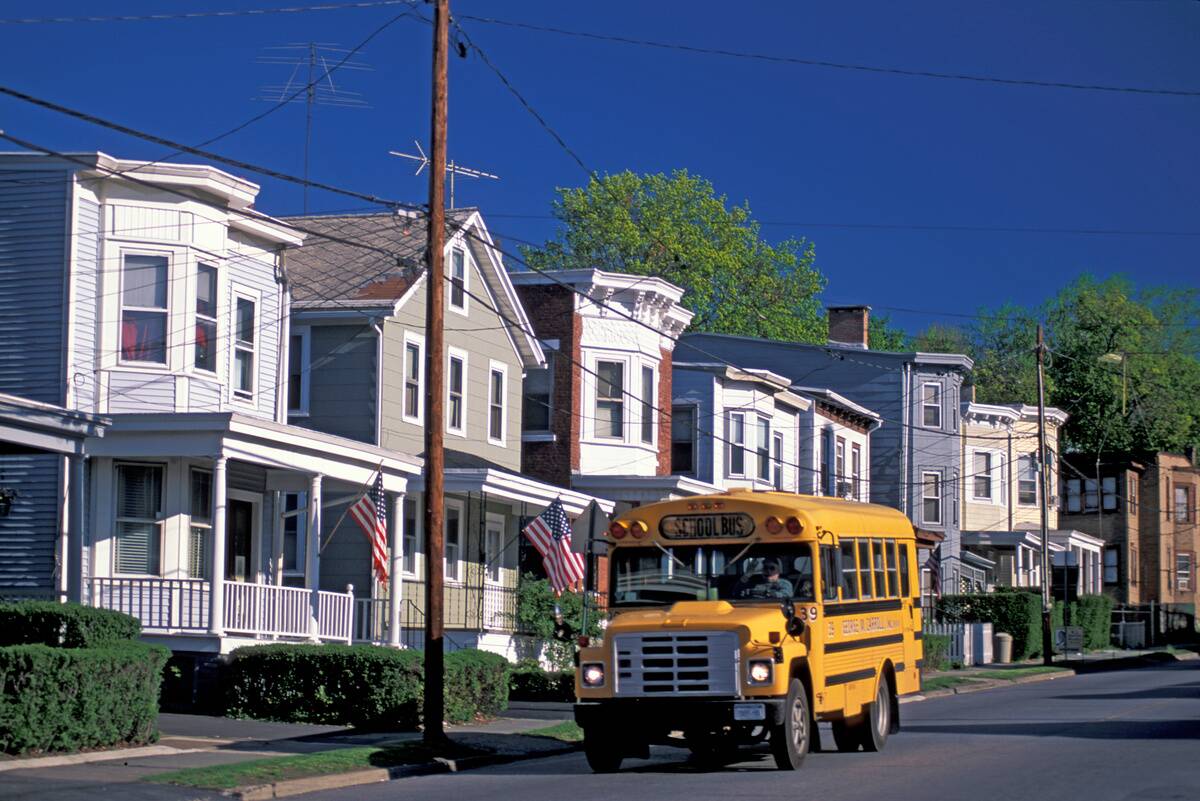
This picturesque town along the Hudson River, about 60 miles north of New York City, was a significant industrial and shipping hub in the late 19th and early 20th centuries. The city’s industries were diverse, encapsulating brick production, textile mills, and various corporate headquarters.
However, suburbanization and the construction of highways after World War II lured many Newburgh residents away, and the city entered a long period of decline. By the 1970s, soaring crime rates gave Newburgh the reputation as one of the most troubled cities in the state.
Baltimore, Maryland
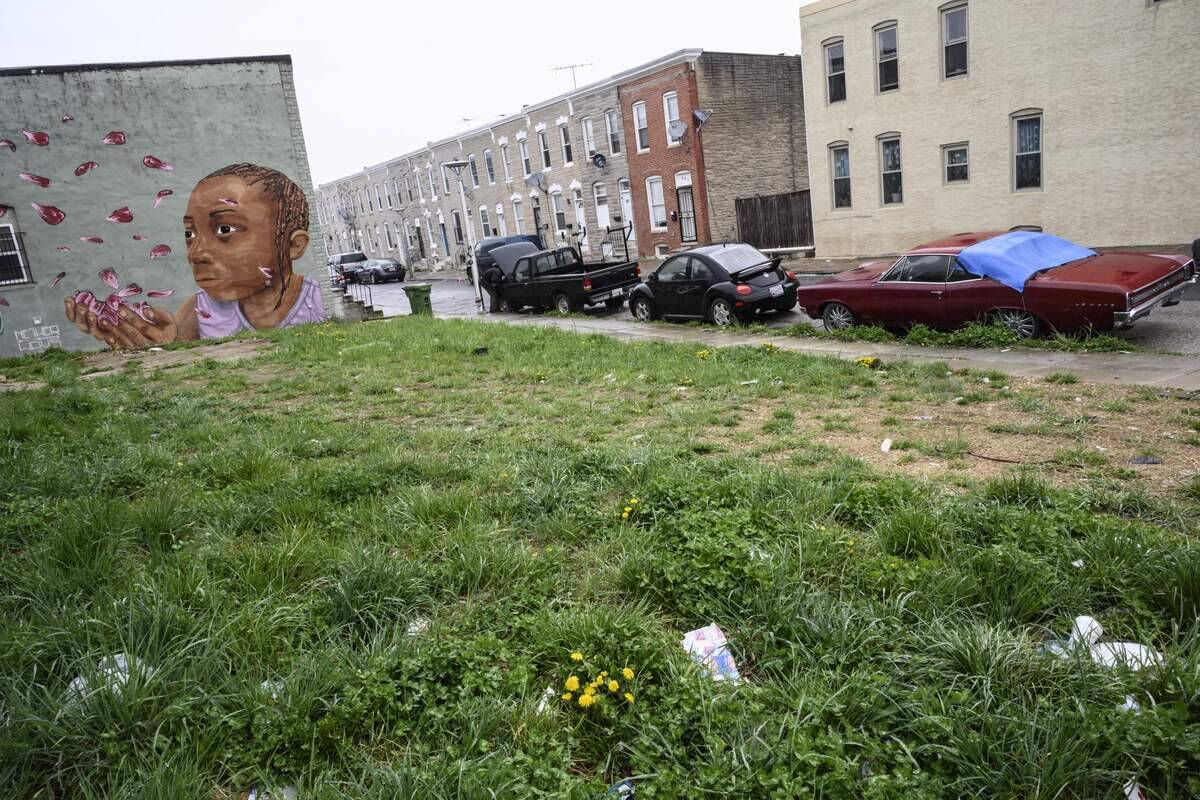
According to Baltimore’s website, the city’s rise was predicated on its proximity to the Atlantic Ocean, giving the city an advantage in trading with Europe. This, combined with its important role in shipping and manufacturing during the industrial revolution, made Baltimore a vibrant industrial city.
The gradual decline of the city began in the mid-1900s, as new technology rendered the city’s maritime and industrial activities obsolete. Further problems came from imposed racial segregation, which led to suburban sprawl and urban renewal projects accommodating that sprawl. As The Nation reported, the population of Baltimore peaked in 1950 and has since steadily declined, particularly among the city’s African American population, due to deindustrialization and unchecked suburbanization.
Detroit, Michigan
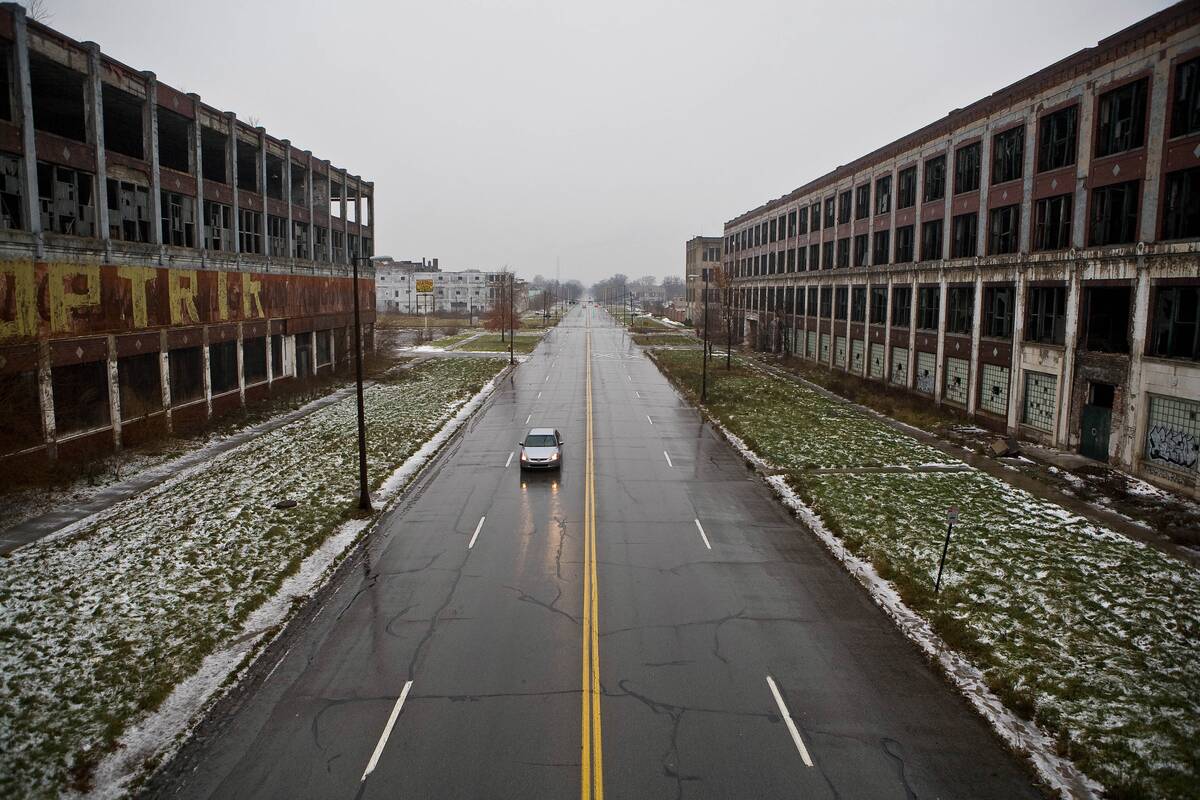
The rise and fall of Detroit, Michigan, is an often-told tale of a great American city in peril. A city once known for its industrial prowess, general Motors and the automotive industry quickly saw a downturn in the late 20th century.
According to CNBC, unchecked urban sprawl, population migration to the suburbs, and the looming auto industry crisis were some of the factors that combined to bring Detroit to economic ruin.
Centralia, Pennsylvania
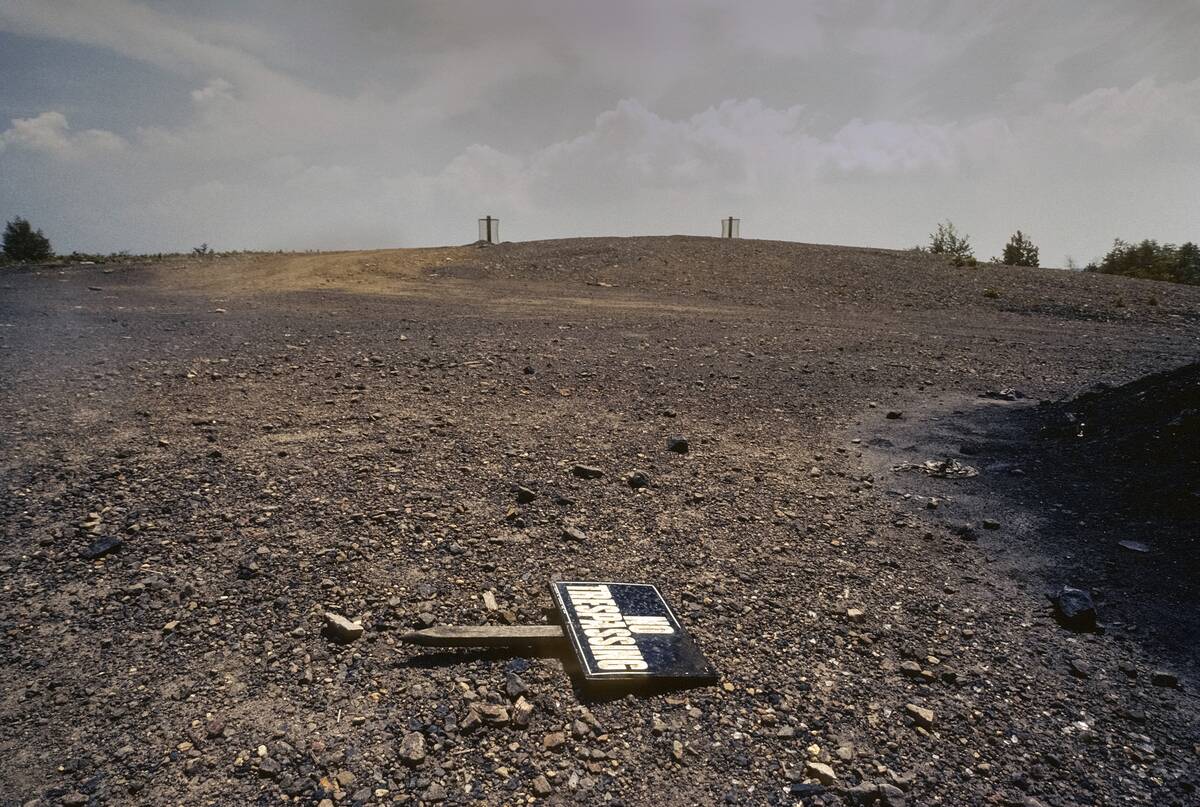
While most cities on this list slowly faded from prominence, Centralia was almost entirely abandoned. Located in a coal-rich region of Appalachia, Centralia was built to serve mining operations in the area.
Then, in 1962, a seemingly routine landfill burn ignited a vast underground coal seam. The fire spread unchecked for years, releasing dangerous levels of carbon monoxide. Things came to a head in the ’80s when the fire opened up dangerous sinkholes in town. Centralia was largely condemned, and nearly all buildings were demolished.
St. Thomas, Nevada
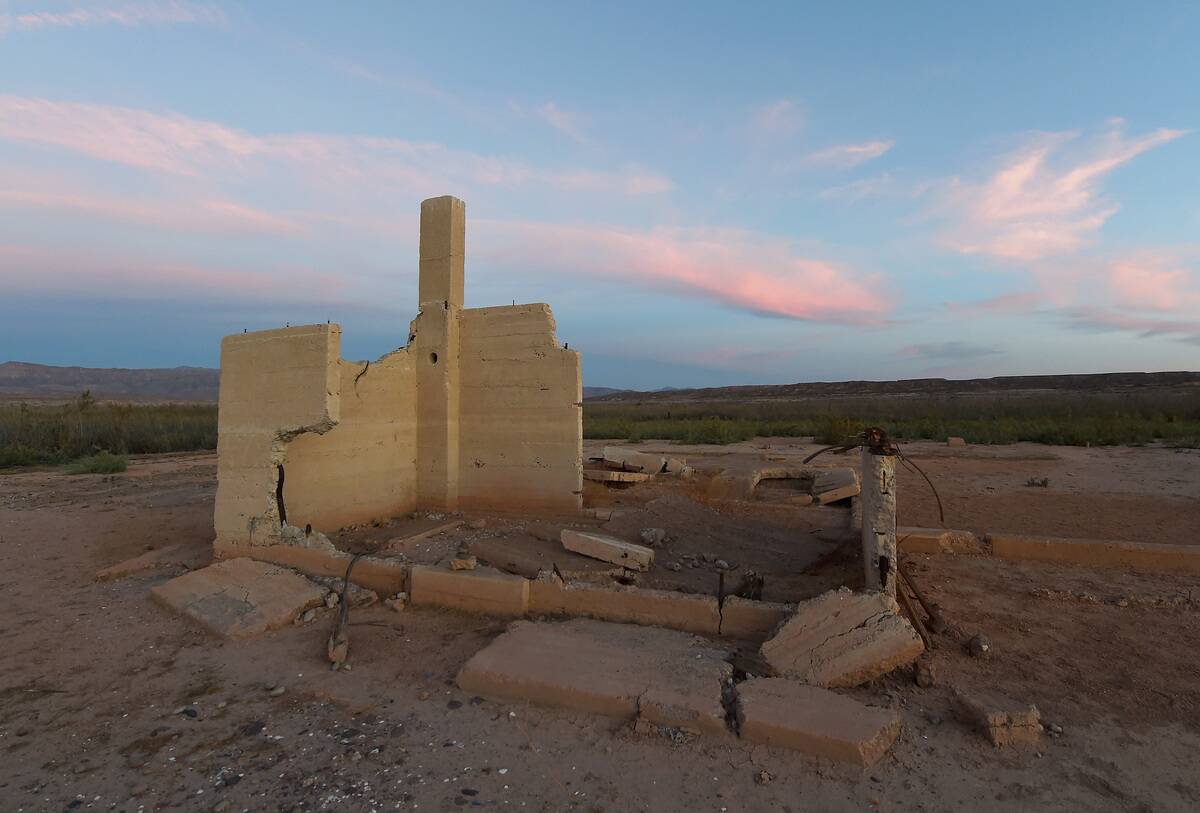
According to Nevada magazine, the rise of St. Thomas, Nevada, began in 1865 with Mormon pioneers who thought they were settling in Utah. Although they left when they learned the truth, the town nonetheless blossomed into a flourishing salt mining and farming community.
But the end came for St. Thomas came quickly in 1938 when the waters of Lake Mead rose and encroached on the town as part of the nearby Hoover Dam project. The residents had no choice but to abandon the town, and many of the buildings were submerged. More recent droughts have since revealed the ruins of the ghost town, which is now a historical tourist attraction.
Cleveland, Ohio
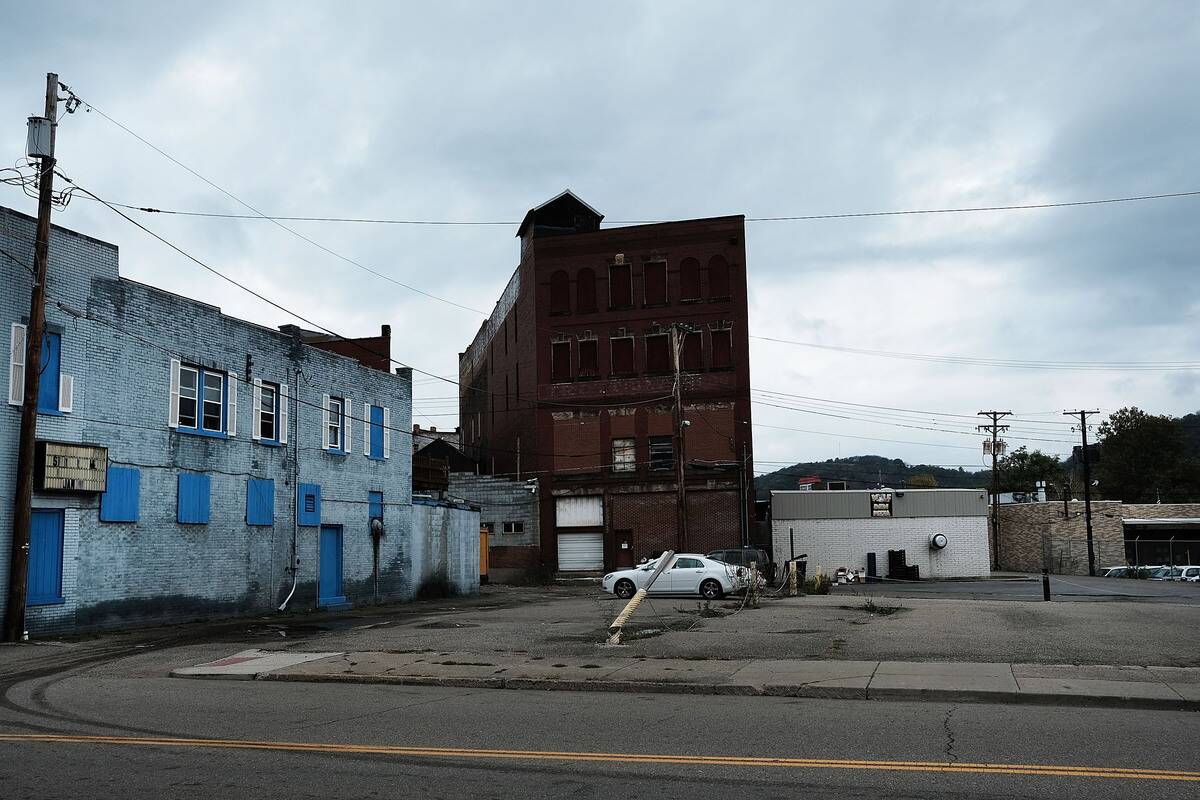
According to Case Western Reserve University, the rise of Cleveland, Ohio, can be attributed to the city’s strategic location on the south shore of Lake Erie, which allowed easy access to natural resources, a transportation hub, and the opening of the Ohio and Erie Canal in 1832. This provided an economic boost to Cleveland, and it quickly grew into a major industrial center, once becoming the fifth-largest city in the U.S.
But eventually, steel manufacturing, which had previously supported the city, saw a decrease in demand. According to The Washington Post, this lack of industry, combined with a flight to the suburbs and a loss of population, caused a decrease in tax revenue which crippled the city’s ability to support itself.
Bethlehem, Pennsylvania
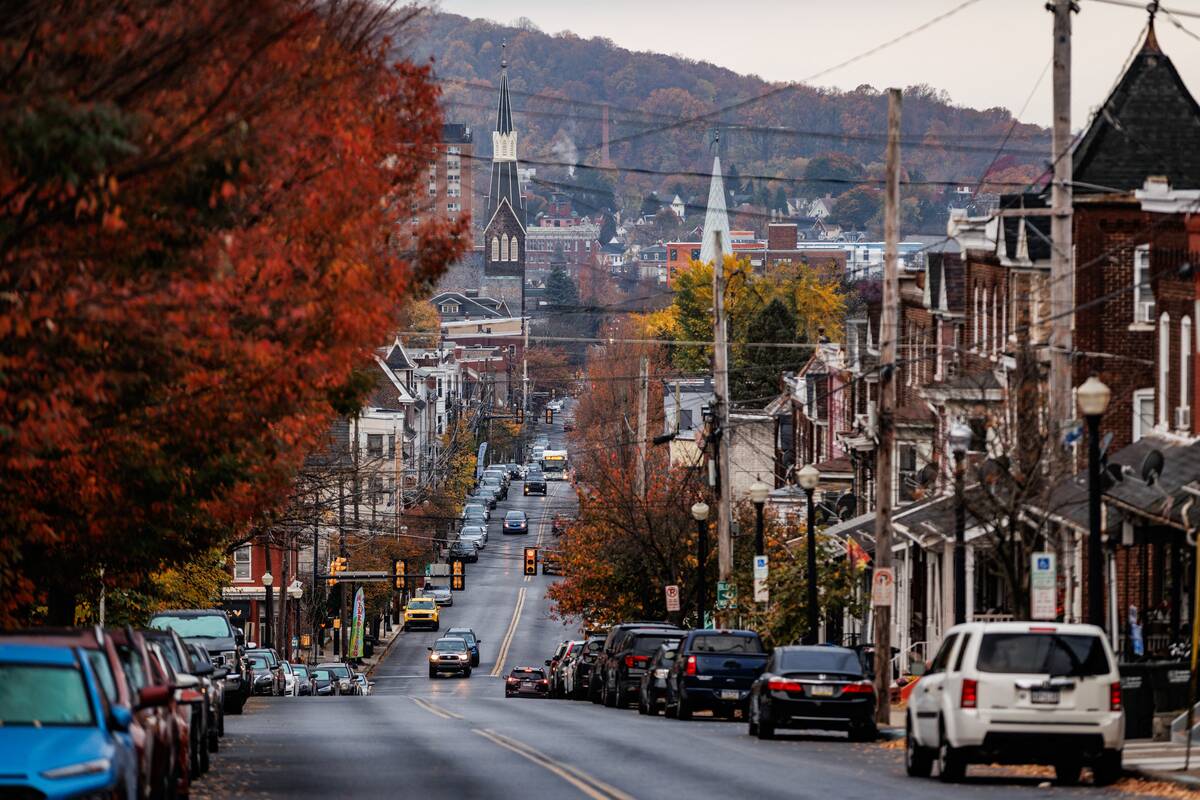
Bethlehem was once known throughout the world as the epicenter of the American steel industry. Bethlehem steel provided the steel that built the Golden Gate Bridge, Empire State Building, and innumerable World War II warships.
While it was once seen as a model blue collar town, Bethlehem saw its fortunes fade with foregin competition, management missteps, and aging infrastructure. Bethlehem Steel declared bankruptcy in 2001, the steel plant shut down, and Bethlehem was left without its primary industry.
Bodie, California
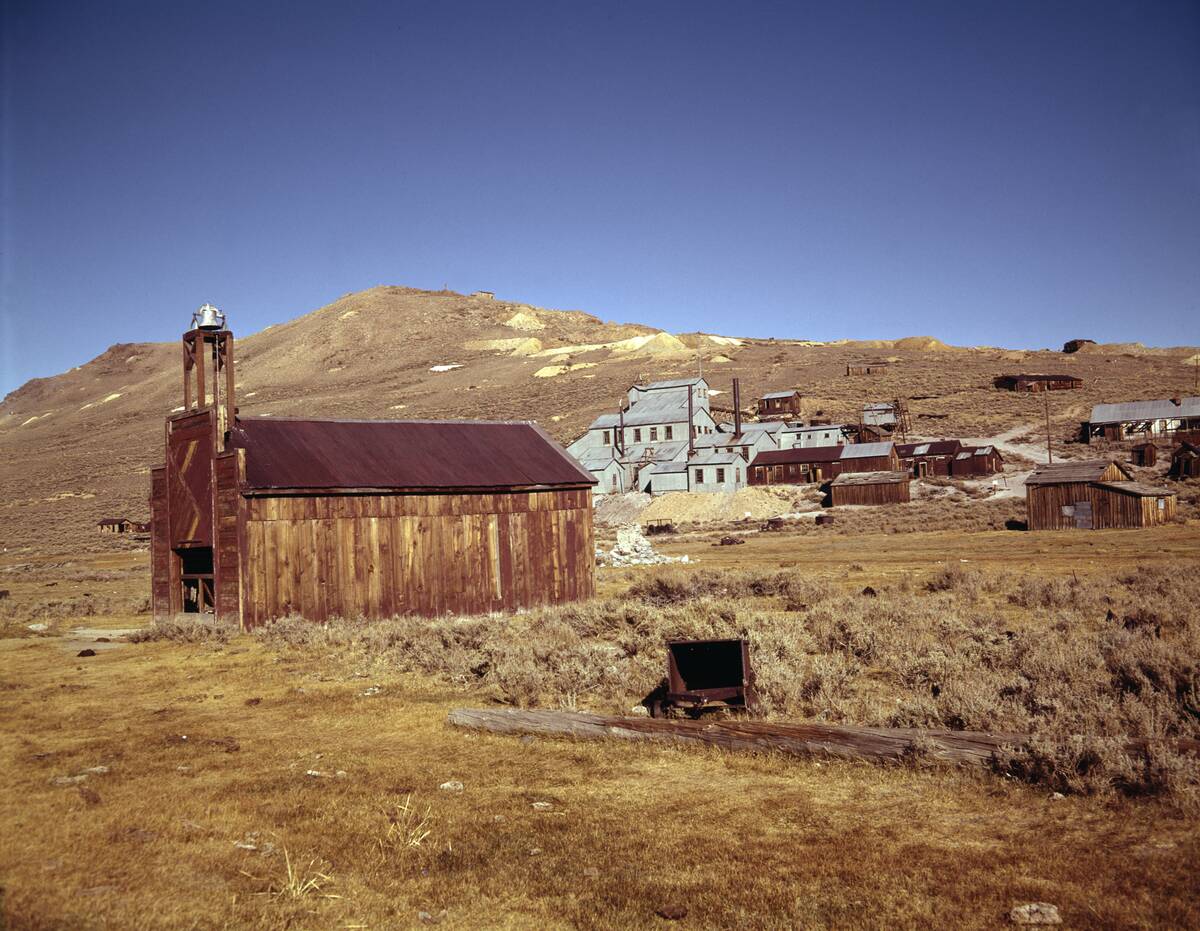
Bodie is a classic ghost town, a place that sprung up virtually overnight in the 1870s after a gold vein was discovered in the area. Thousands of prospectors flocked to Bodie’s remote location in the eastern Sierra Nevada, and by 1880, it had a population of around 10,000.
Its prosperity was short-lived though, as yields declined by the 1880s, fires destroyed buildings, and people slowly but surely began leaving. By the early 20th century, it was almost entirely abandoned.
Newark, New Jersey

Newark’s strategic location near New York City, Newark Bay, and its numerous rivers and canals made it an important hub of business, transportation, commerce, and manufacturing. The completion of the Morris Canal in 1831 and the Delaware, Lackawanna, and Western Railroad in 1869 consistently increased its population and economic activity. This growth was further fueled by waves of immigrants from Europe who came to work in the factories and docks of Newark.
But as Brad R. Tuttle outlined in How Newark Became Newark: The Rise, Fall, and Rebirth of an American City, Newark’s decline became hard to ignore in the 1960s. Factories and businesses left the city due to the recession, the opening of new highways, the rise of suburbs, and five days of race riots in 1968. Despite efforts to attract new businesses and industries, the government’s urban renewal projects were unsuccessful and often unfinished.
St. Louis, Missouri
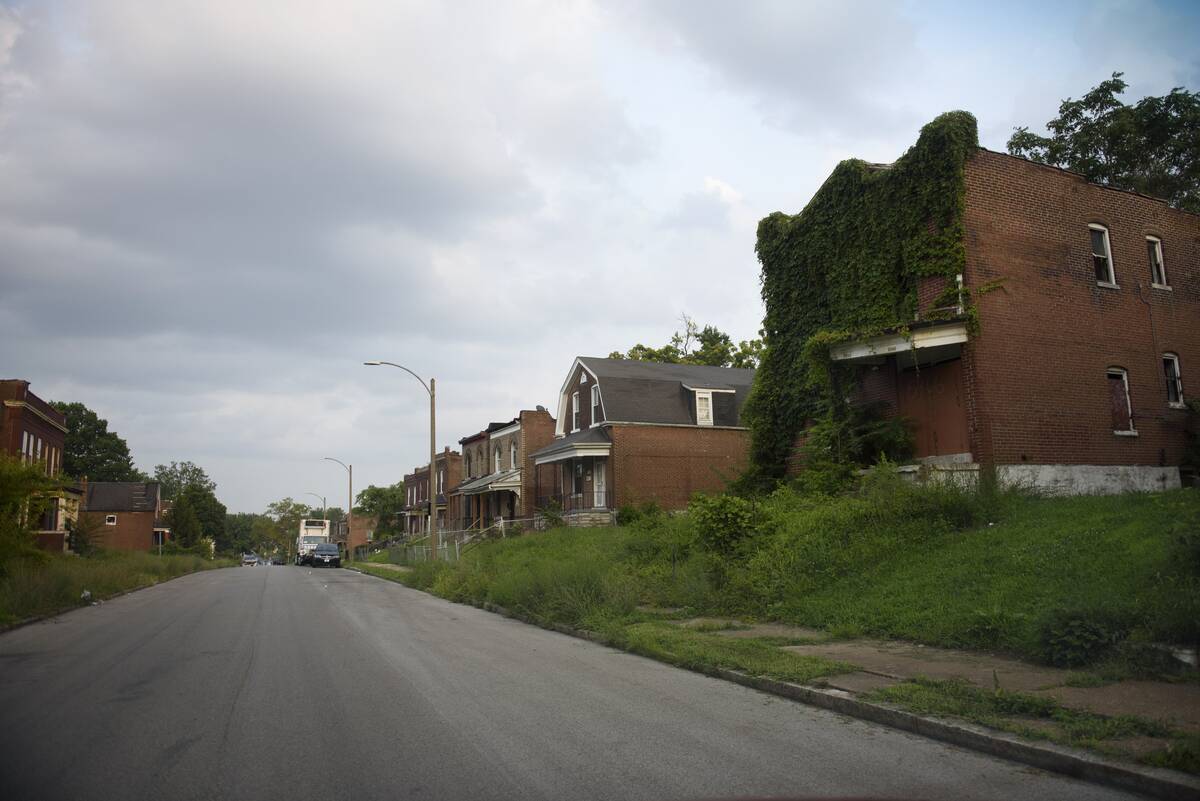
A review of The Broken Heart of America: St. Louis and the Violent History of the United States in The Common Reader described St. Louis as reaching its zenith in the 19th century when it served as the “Gateway to the West.” At this time, it boasted dozens of banks, a strong exchange economy, and well-developed industries, including several valuable fur trading firms.
However, St. Louis faced a steady decline in the 20th century, which Vox partially attributed to a loss of industry, a decline in population growth, untenable levels of segregation, the loss of federal funding, and the growth of suburban sprawl.
Buffalo, New York

According to the City Journal, Buffalo, New York, was an industrial hub that flourished in the 19th century. It grew rapidly because of its access to the Great Lakes, its port, and its railroads, which enabled grain and iron to be transported across the country.
However, in the late 20th century, Buffalo’s fortunes declined. Poor urban planning, deindustrialization, and the rise of auto transportation weakened the city’s industrial base. The closing of factories and businesses led to population decline, poverty, and urban decay. As Spectrum News reported, however, this trend is starting to reverse, and Buffalo was named one of the nation’s most improved cities for immigrants by the early 2020s.
Galveston, Texas
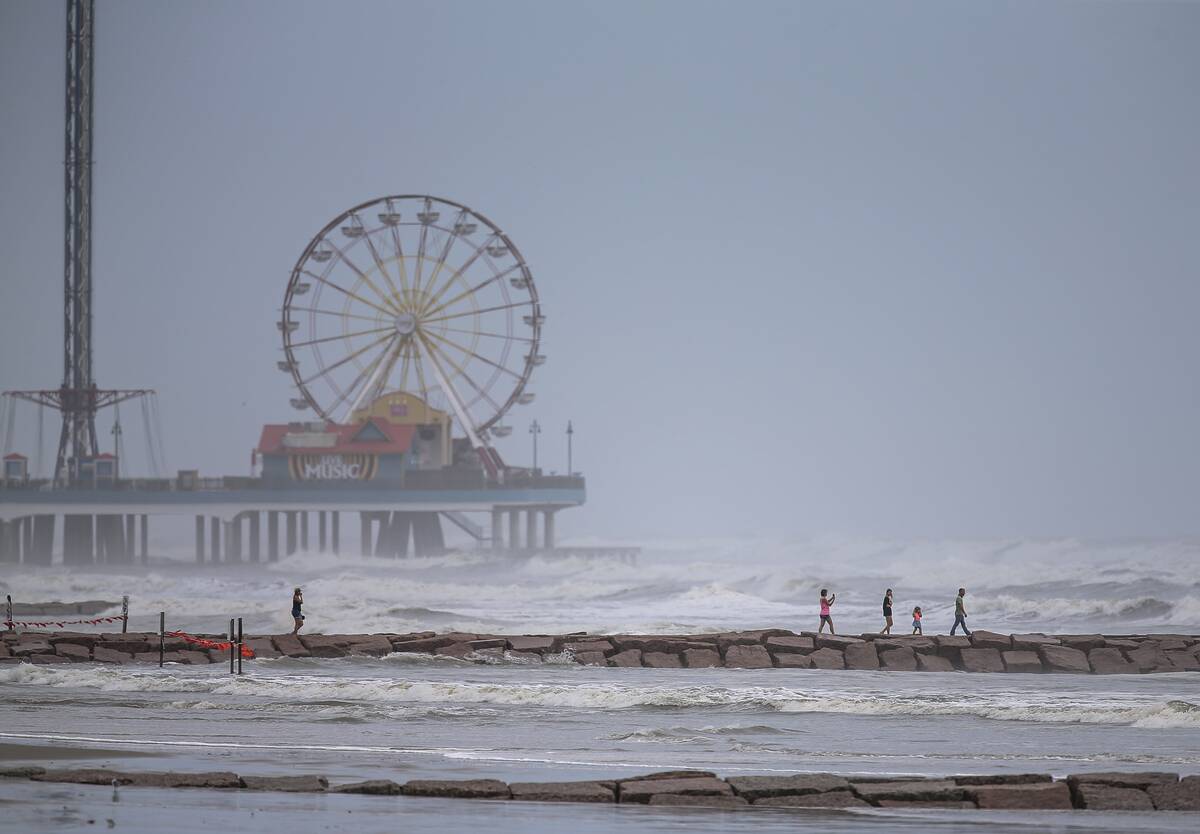
If not for a devastating hurricane in 1900, Galveston could very well have been the biggest metropolis in Texas, as it was certainly trending in that direction in the late 19th century. Built around cotton exports, shipping, and culture, Galveston was nicknamed “The Wall Street of the South.”
However, the hurricane swept through, killing an estimated 6,000 to 8,000 people, and destroying much of the city in the process. Although Galveston was able to rebuild, investors decided to turn their attention to Houston, which is located inland.
Gary, Indiana

According to a 2016 study in The Planning Research Journal, The rise of Gary, Indiana, began in 1906 when the city was founded on the southern shore of Lake Michigan. The steel industry was the key driver of Gary’s success, with U.S. Steel, in particular, allowing the city to flourish. Businesses, churches, and schools sprang up as the city became one of America’s leading industrial cities and largest steel-producing centers.
The fall of Gary began in the 1970s when foreign competition and economic recession caused the steel industry to decline. Today, Gary is a shadow of its former self, with unemployment and poverty levels remaining stubbornly high as the city struggles to find its footing in the 21st century.
Johnstown, Pennsylvania
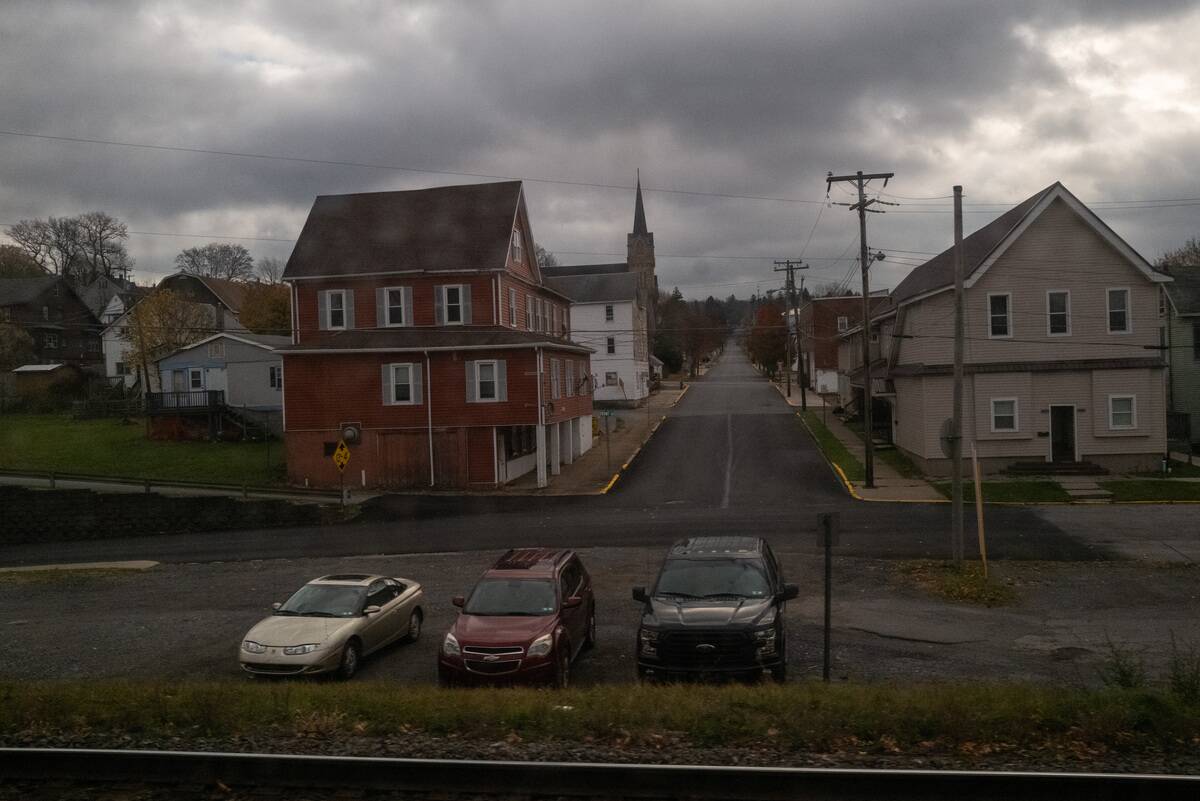
Johnstown boomed until an 1889 flood — caused by a poorly maintained dam breaking — killed over 2,200 people. Remarkably, Johnstown quickly rebuilt and continued to grow, reaching its peak in prosperity during World War II thanks to its thriving steel mills.
Like many other cities in the Rust Belt, though, Johnstown’s fortunes faded after World War II, reaching a crisis level in the 1970s and ’80s as the American steel industry collapsed. An additional flood in 1977 didn’t help matters.
Youngstown, Ohio

Youngstown, Ohio, rose to prominence in the early to mid-20th century as a prosperous steel town at the forefront of the American industrial revolution. According to the Library of Congress, Youngstown’s steel production provided a foundation for other industries, such as limestone mining and industrial parts manufacturing.
However, CNBC reported that since 1977, the industry shifted away from domestic steel and away from Youngstown, leaving the city heavily reliant on a disappearing industry. The city has yet to recover from this blow and is considered one of America’s fastest-shrinking cities.
Tonopah, Nevada
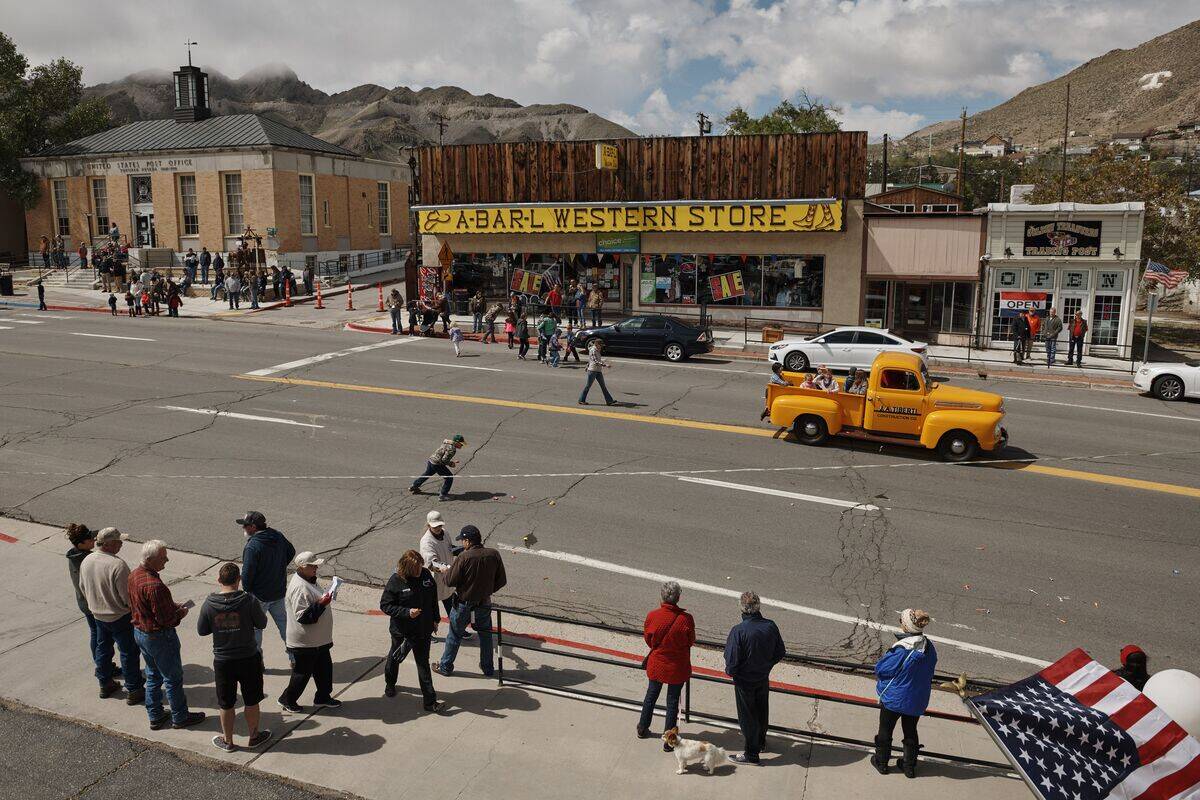
Tonopah is one of many western towns that boomed following the discovery of a precious metal – in this case, silver – and went bust shortly after.
The city had a population of over 10,000 at its peak, with its mines producing millions of dollars worth of silver. However, its peak was short-lived, and by the 1920s, Tonopah was effectively a ghost town. Today, it’s home to fewer than 2,500 people.
Springfield, Massachusetts
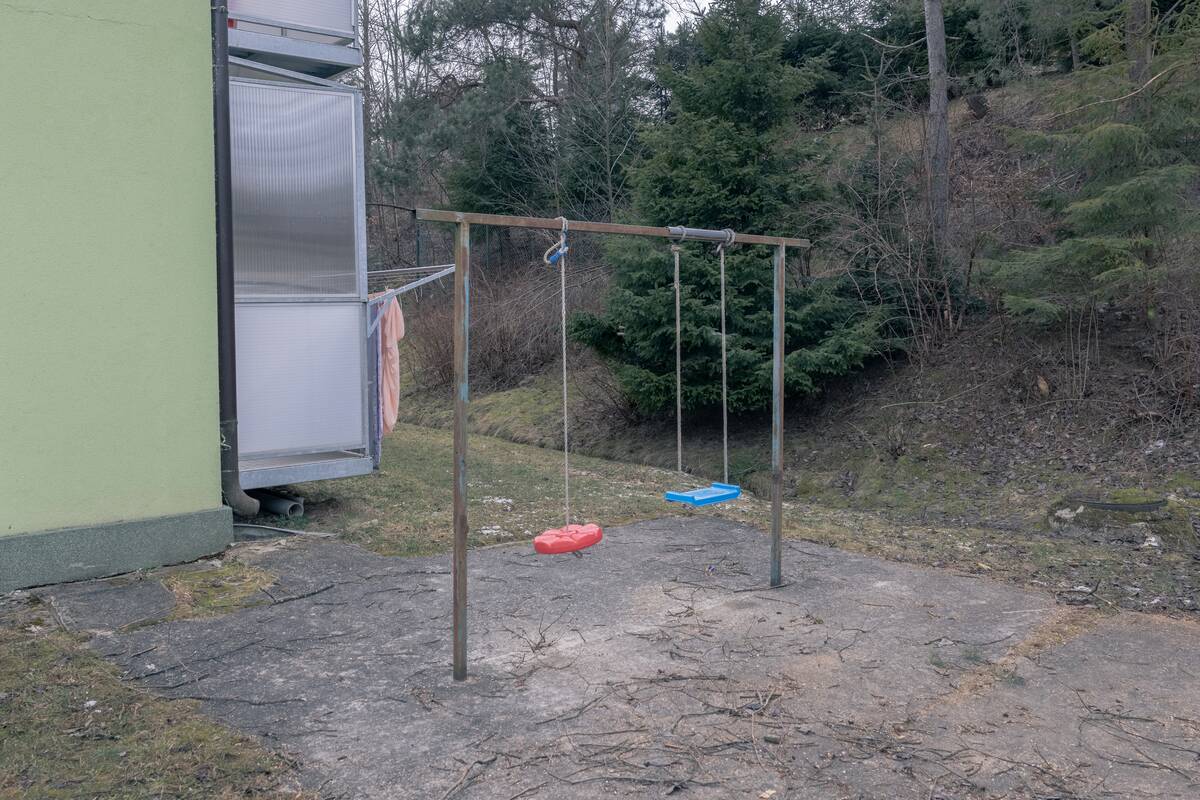
Springfield, Massachusetts, was the home to numerous major industries in the late 19th and early 20th centuries. According to the Federal Reserve Bank of Boston, it was once a thriving industrial city and a major hub of the region, especially due to the Springfield Armory’s role in revolutionizing American manufacturing.
The city’s decline began in the late 1960s with the closing of the Springfield Armory, which took away the livelihood of at least 2,000 residents. Additionally, the construction of the interstate highway system running through the city directed traffic away from the city’s downtown, decreasing business in the area. As a result, Springfield faced a population and economic decline that the city still struggles with.
Thurmond, West Virginia
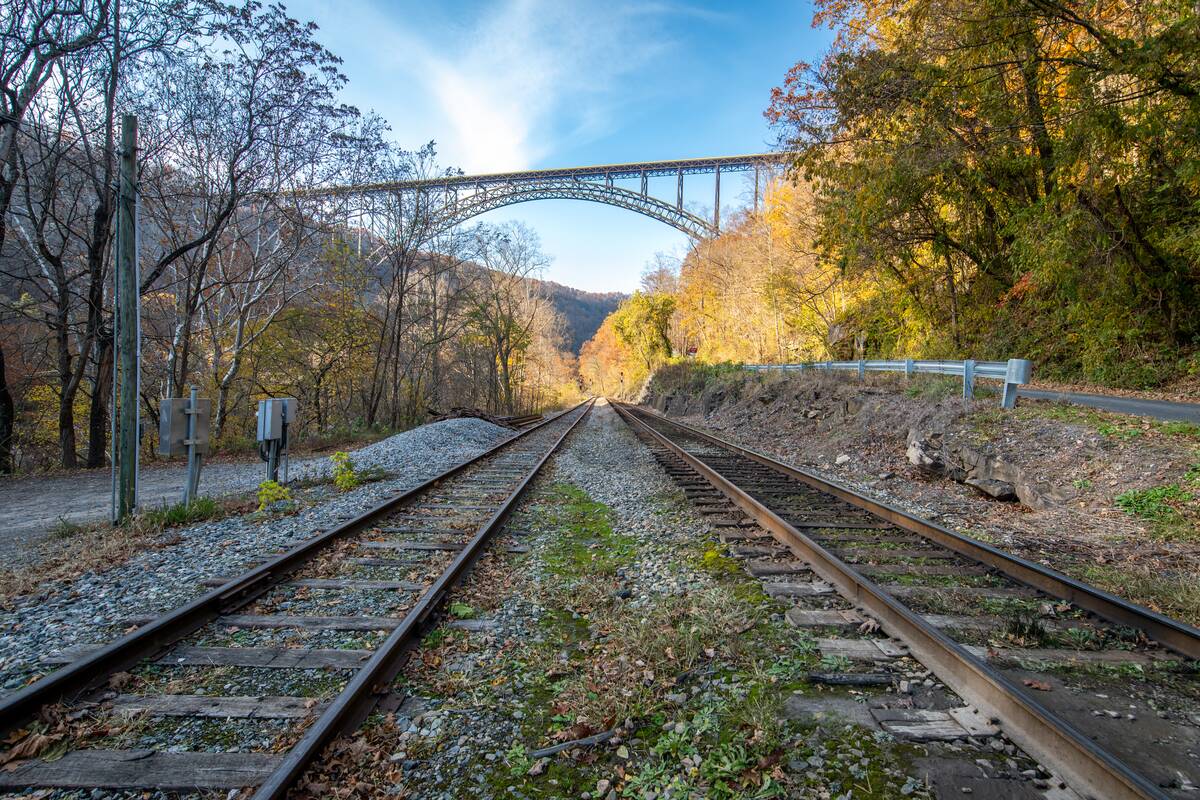
Thurmond, nestled in West Virginia’s New River Gorge, served as a coal town and rail hub on the Chesapeake & Ohio Railway in the late 19th and early 20th century. While it was never a large town, it was strategically important for its commercial activity.
However, the region’s coal industry suffered as the 20th century wore on, and Thurmond faded into obscurity. By the 1980s, it was effectively abandoned. Today, Thurmond is part of the New River Gorge National Park, with few of its buildings still standing.
Hartford, Connecticut
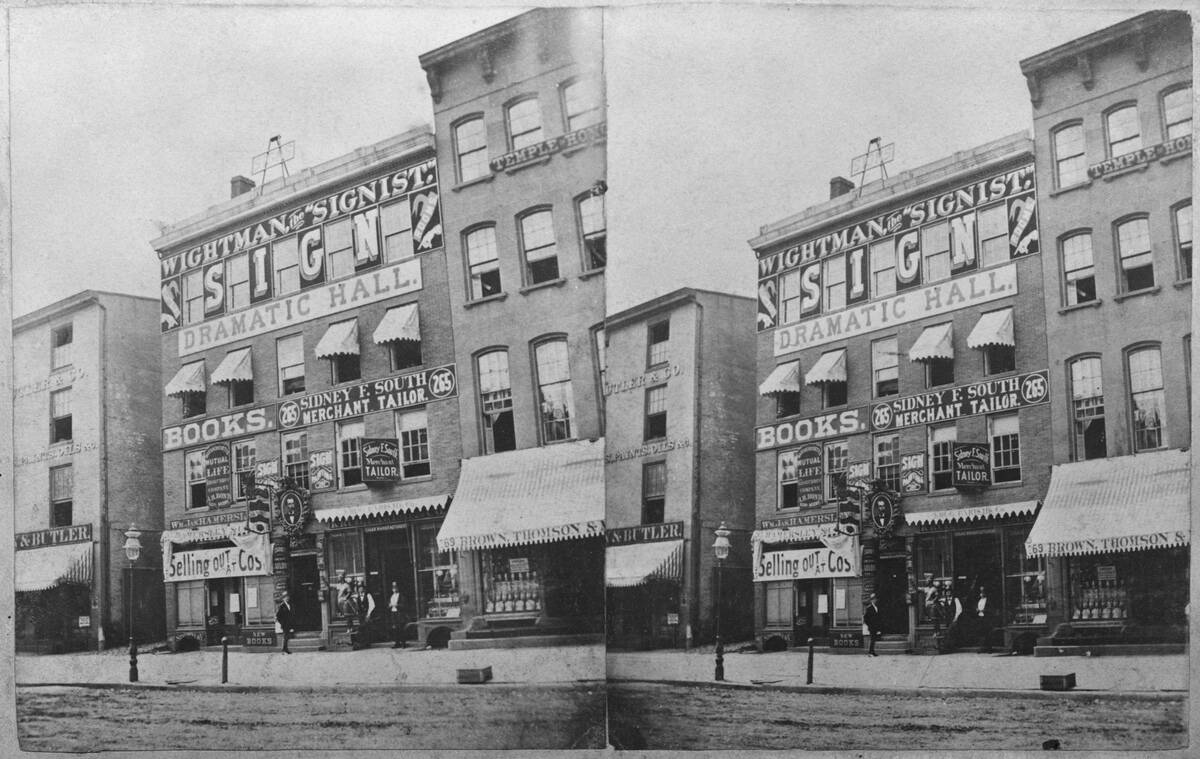
Hartford, Connecticut, was once a bustling city that thrived with its close proximity to New York City and Boston. It was home to various Fortune 500 companies and renowned educational institutions, producing a prosperous middle and upper class. According to The Atlantic, Hartford earned the nickname “the nation’s filing cabinet” as one of America’s largest insurance companies, Aetna, was founded there.
By the 1980s and 1990s, Hartford became a victim of Connecticut’s transition from a manufacturing state to a state dominated by the finance industry. However, the 2008 recession also ruined this sector for the embattled city, and even Aetna eventually pulled out of Hartford. The result is a city with a shrinking population, slow job growth, and high taxes.
Pittsburgh, Pennsylvania
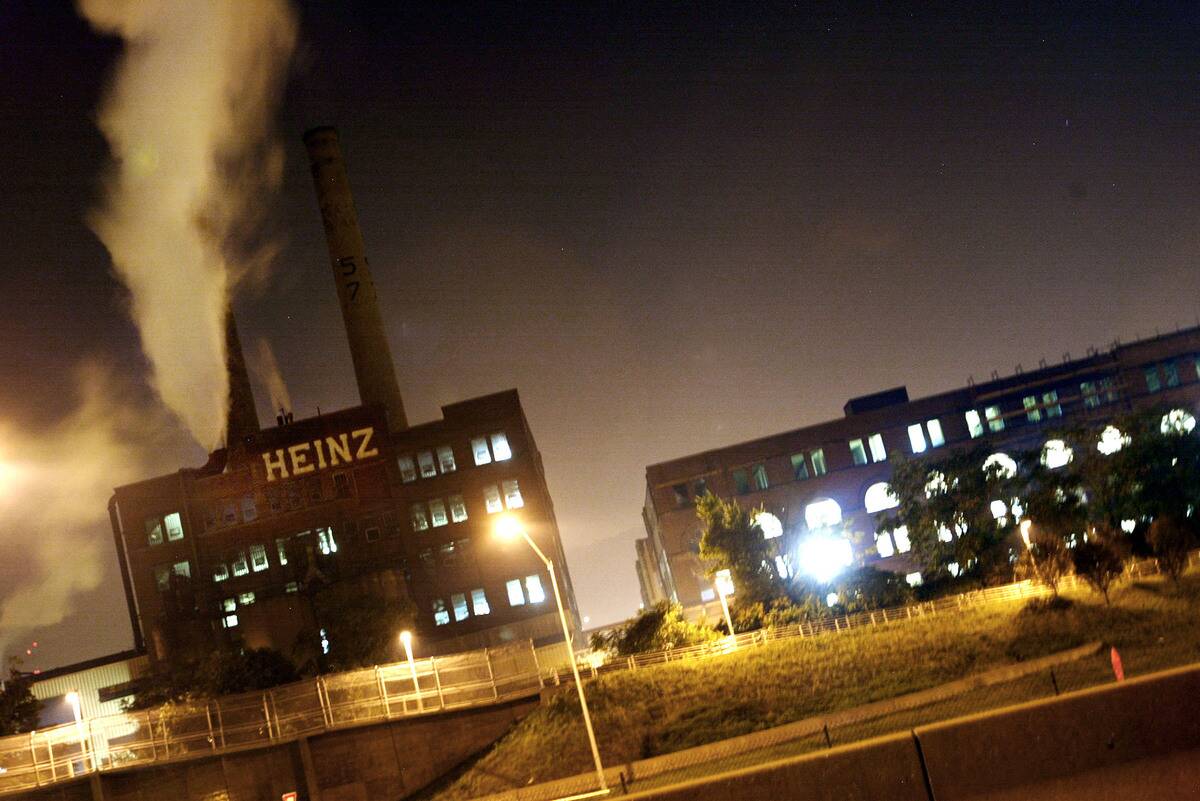
The rise of Pittsburgh occurred largely during the Industrial Revolution, when the city became a major center of manufacturing, technology, and industry, especially steel production. According to PBS, Pittsburgh’s heyday saw it awash with steel companies, glass factories, and iron mills.
The fall of Pittsburgh began in the 1980s after the decline of the steel industry. As Trib Live reported, Steel plants and other factories in the city closed after U.S Steel diversified its business, leaving thousands of workers out of work. Pittsburgh was also hit hard by the recession of the late 2000s and the early 2020s, which furthered the decline of the city’s population that continues today.
Flint, Michigan
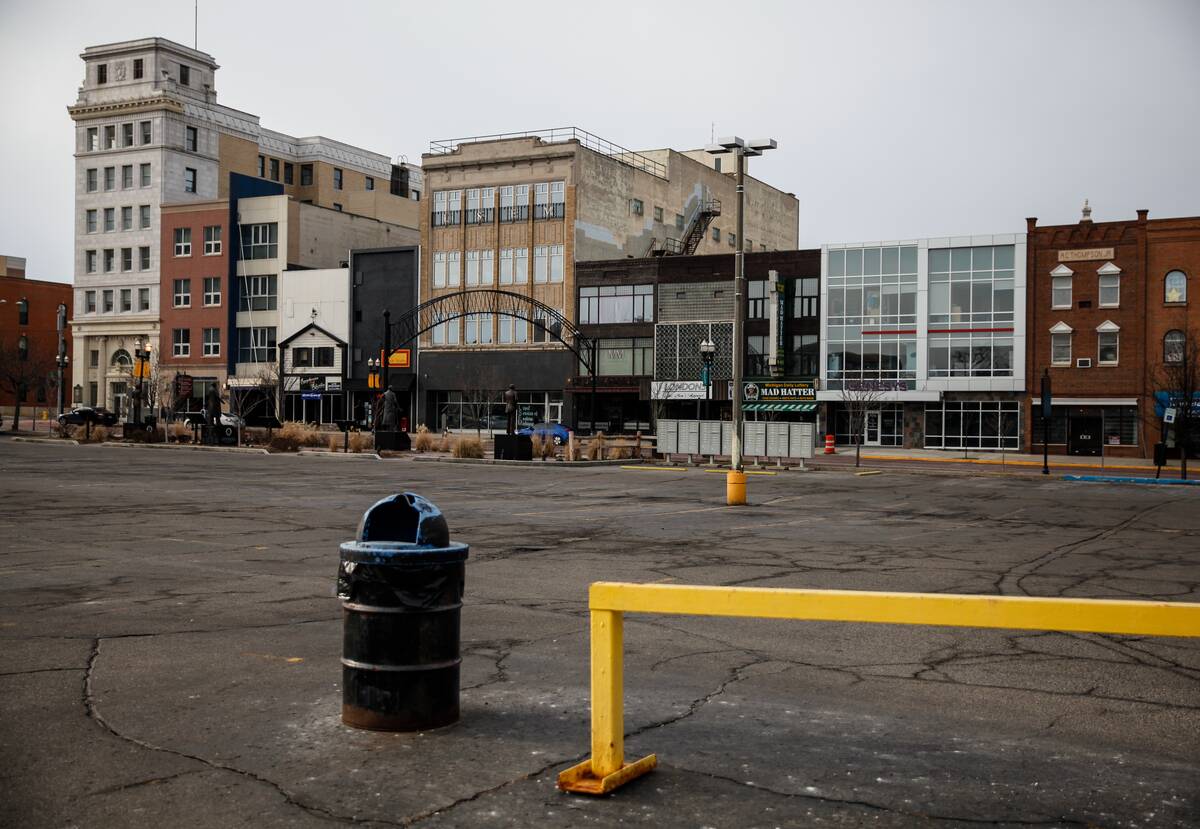
Flint, Michigan’s success in the automotive industry began in the early 1900s when. General Motors was founded in 1908. With auto manufacturers like GM establishing factories in Flint and the Flint River providing a nearby source of hydropower, Flint eventually became an important center of automotive manufacturing by the mid-20th century.
But as oil prices and auto imports soared in the 1980s, manufacturers started to pull out of Flint, and its population dropped in response. According to the Natural Resources Defense Council, these problems spiraled into a $25 million deficit for Flint that influenced the disastrous decision to pump water in from the Flint River as a cost-saving measure. This set the stage for the lingering Flint Water Crisis and only accelerated the city’s decline.
Atlantic City, New Jersey
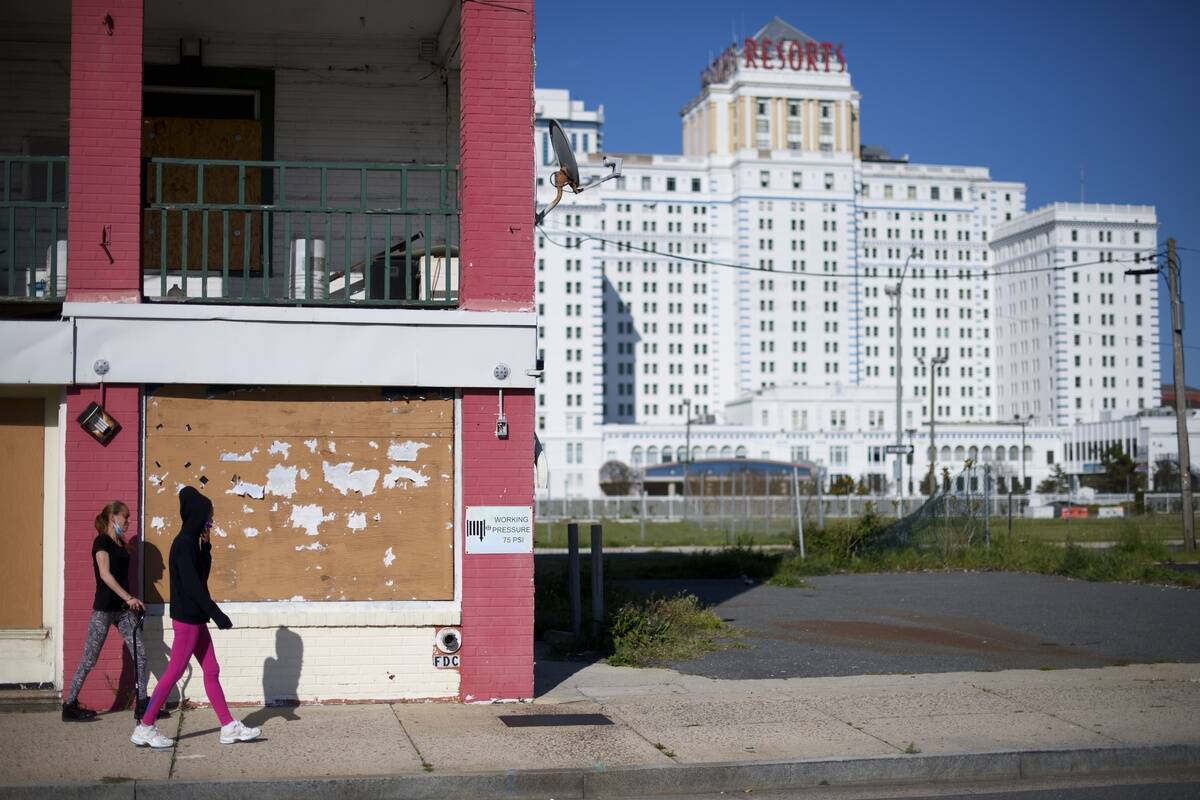
The rise of Atlantic City is marked by the opening of its first casino, the Resorts Casino Hotel, in 1978. According to CNBC, the state’s legalization of casino gaming put it in direct competition with Las Vegas, and Atlantic City’s peak in 2006 saw it monopolize the East Coast casino industry.
In the wake of the 2008 recession, however, Atlantic City has seen its profile shrink significantly as four major casinos shut down in 2014. As New York, Pennsylvania, and Connecticut started competing with Atlantic City’s casinos, jobs in the city decreased alongside a steady decline in tourism.
Deadwood, South Dakota
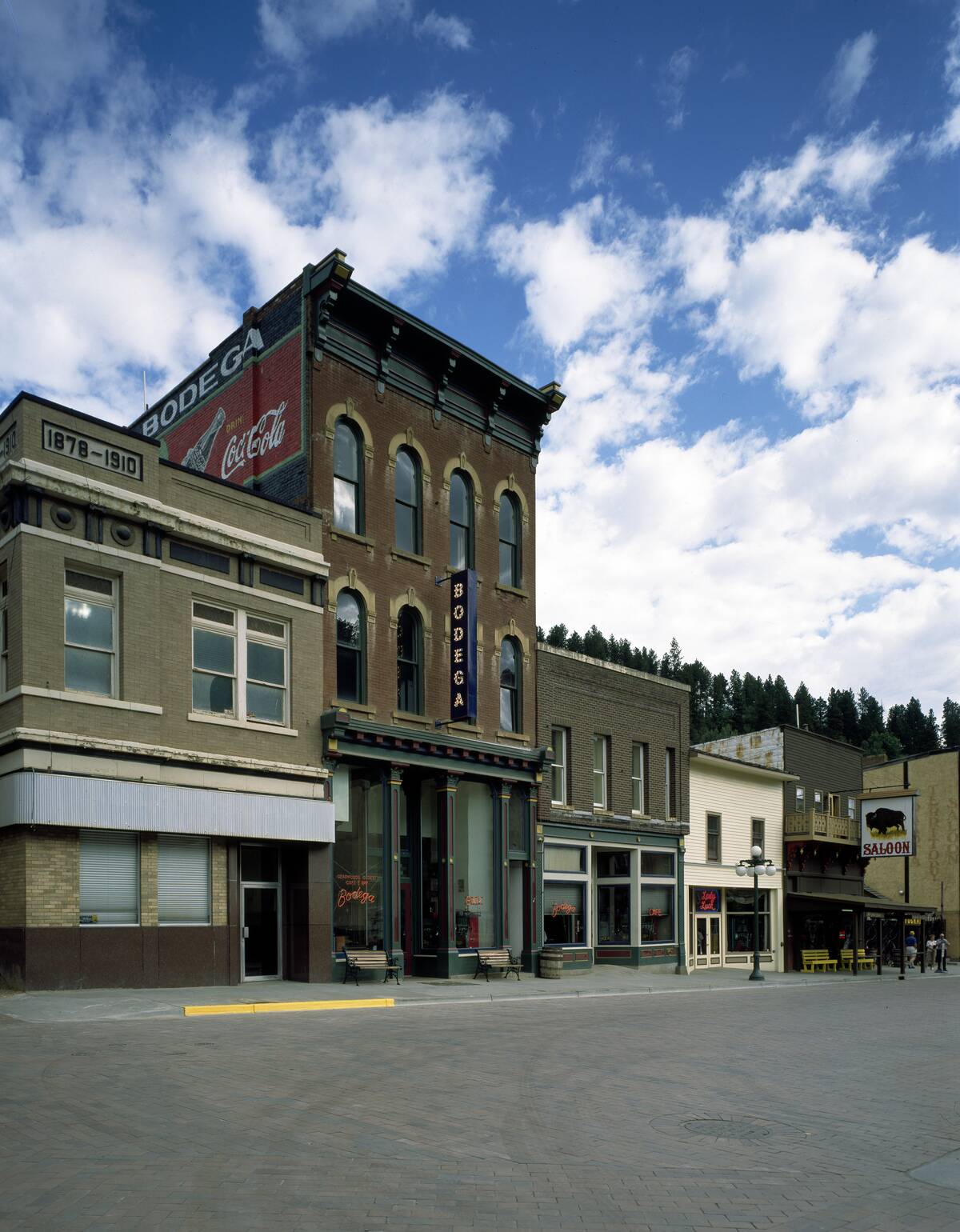
Deadwood was one of many towns that boomed thanks to a gold rush — in this case, the 1876 discovery of gold in South Dakota’s Black Hills. The town grew chaotically, with a lawless reputation that attracted not just prospectors, but also gamblers and outlaws.
The town had a population of around 5,000 at its peak, but as the gold rush turned bust, the population and commercial activity abruptly declined. The town still exists, but largely as a tourist attraction.
East Liverpool, Ohio

East Liverpool’s riches weren’t in precious metals, but in rich clay deposits along the Ohio River. This led to East Liverpool becoming known as one of the world’s pottery capitals, with its pottery kilns and ceramic manufacturing helping the town grow.
Various ceramics companies called East Liverpool home throughout the early 20th century, but things turned south after World War II as overseas competition cut into the city’s profits. Today, East Liverpool faces high unemployment, population loss, and rapidly aging infrastructure.
Birmingham, Alabama
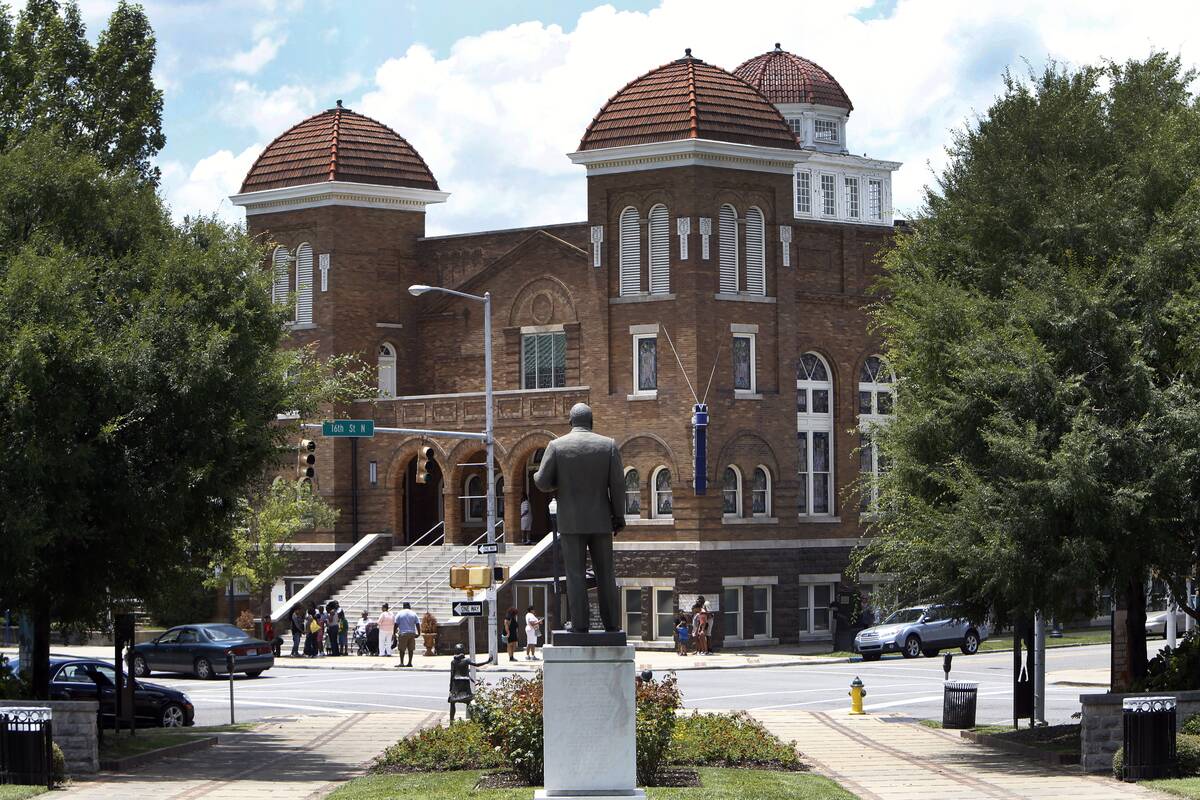
Birmingham, Alabama, experienced a meteoric rise as one of the nation’s fast-growing cities during the late 19th and early 20th centuries. According to the Federal Reserve Bank Of Atlanta, much of this success was due to the discovery of abundant deposits of iron, coal, and limestone in the surrounding area, which attracted big boosts from the steel and coal industries.
However, Birmingham began to experience a sharp decline in the mid-20th century due to the loss of industry, increased racial tensions, and population shifts. The steel and coal industries there were historically volatile at the best of times, and the city’s status as an infamous civil rights battleground during the 1960s prevented other industries from taking hold.
Camden, New Jersey
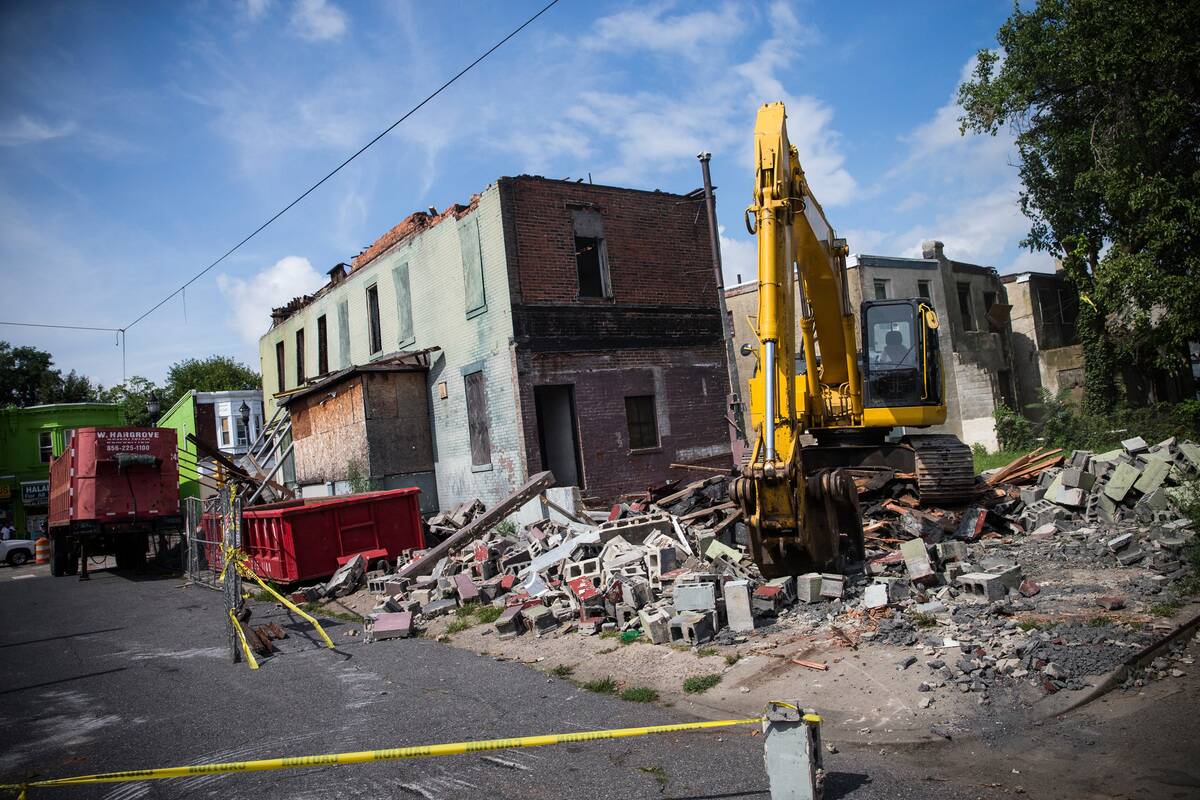
According to Camden, New Jersey’s website, the city quickly grew into an industrial hub populated by thousands of new immigrants in the mid-19th century. The Camden Iron Works drove a great deal of this success, but it was supplanted by the city’s then-emerging shipbuilding operations.
The fall of Camden began in the late 20th century as the industrial economy dwindled and unemployment spiked. As NPR reported, these problems were exacerbated by decades of political corruption that eventually left Camden as one of America’s most dangerous cities, with about 40% of its residents living in poverty.
Picher, Oklahoma

Picher, Oklahoma was once home to over 14,000 residents, most of whom had some involvement in the lead and zinc mining operations in the area. While it boomed in the ’20s and ’30s, this extensive mining would eventually spell doom for the town.
Underground tunnels weakened the ground, causing sinkholes, while massive piles of toxic mine waste covered large portions of the town. The widespread presence of lead also caused concern. By the early 2000s, it was declared part of the Tar Creek Superfund Site, one of the most toxic environmental zones in the country. By 2009, it was officially disincorporated.
Fresno, California
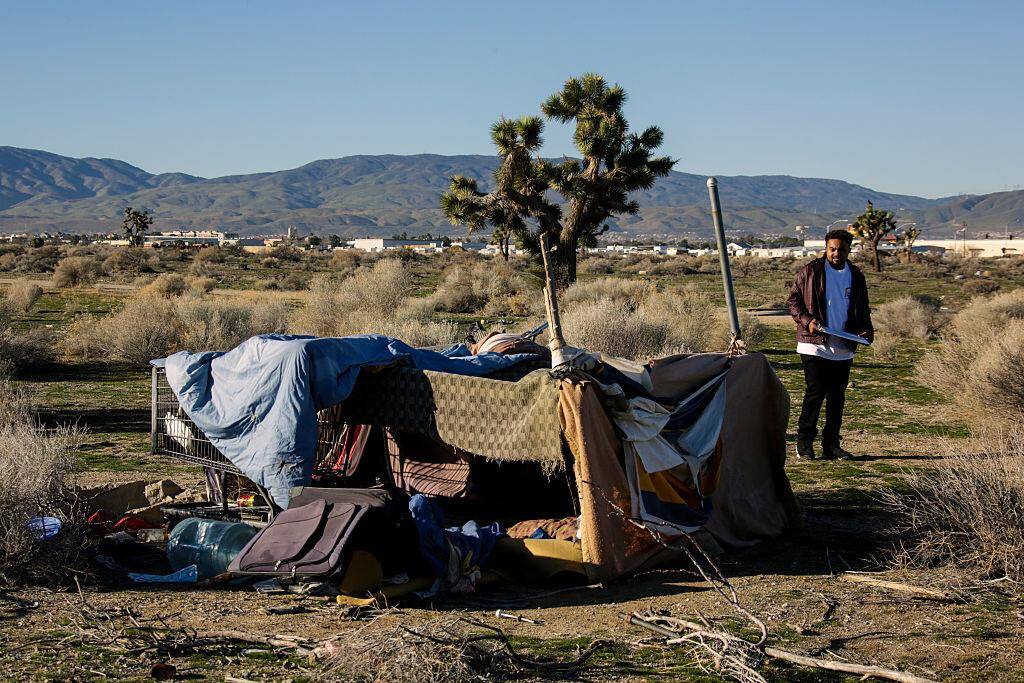
The rise of Fresno, California, has been largely attributed to the surrounding agricultural districts and its abundant access to water, making it a prime spot for farming. The city experienced a massive expansion in the early 1900s, along with an influx of people to capitalize on the growing agricultural opportunities found in the area. Even today, Fresno leads the nation in agricultural production, with average sales eclipsing $3 billion.
Fresno’s fall began in the 1960s, as the health of the agricultural industry began to decline. Government policies, poor management, and environmental issues all played a role in the area’s farming industry gradually losing its footing. Representative Jim Costa described the city as “distressed” and wrestling with high unemployment, low wages, and poor public health as a result.
Garyville, Louisiana
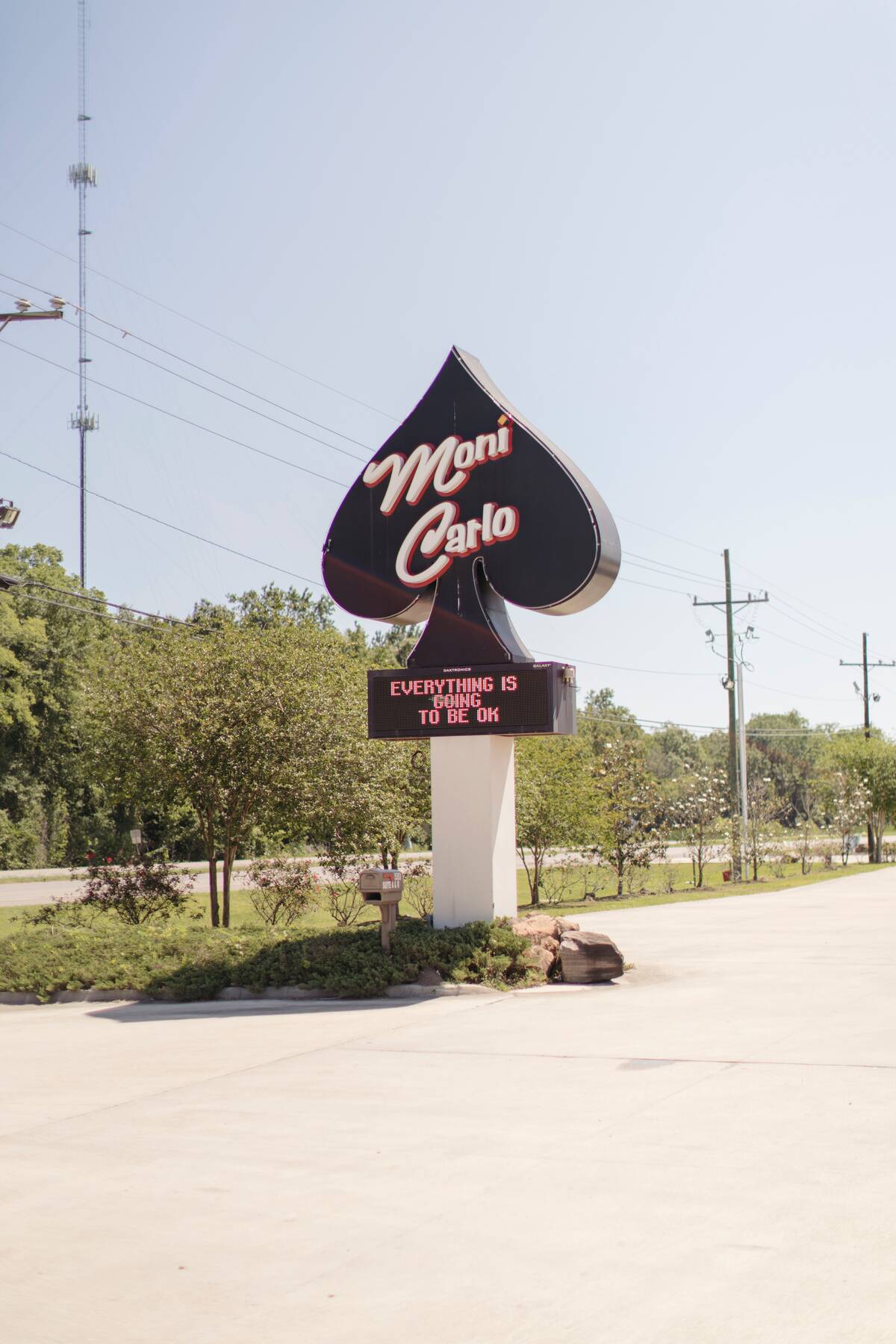
Garyville began as a sleepy plantation settlement but boomed in the midcentury years as petrochemical and refining industries set their sights on Louisiana. Marathon Oil Company constructed one of the country’s largest oil refineries just outside Garyville in the 1970s, and things were looking up.
However, Garyville never quite emerged as a full-fledged industrial town. Refinery jobs became more automated, and concerns about pollution and air quality caused many residents to leave. While Garyville is still tied to its industries, it’s hardly booming.
Scranton, Pennsylvania
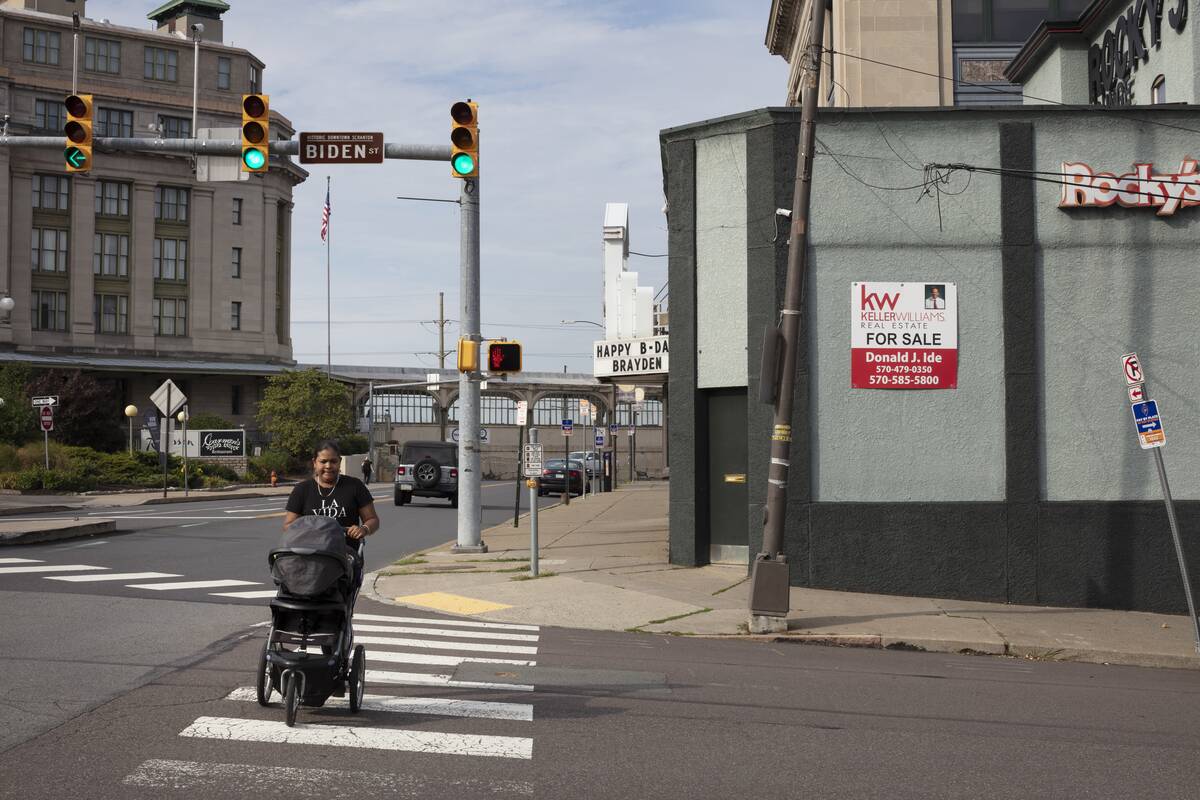
Scranton has been a major hub of American industry since the city was founded in 1856. According to Scranton’s website, it was one of the most prosperous cities in the state for over a hundred years, when the coal, iron, textile, and railroad industries drove its economy.
However, by the mid-20th century, much of the business had left or been replaced by automation, leaving the city in an economic decline. The Guardian reported that it was once called “The Electric City” due to hosting America’s first electric trolleys. However, the decline of manufacturing in America started a trend in Scranton that has seen its population almost cut in half since 1940.
Cicero, Illinois
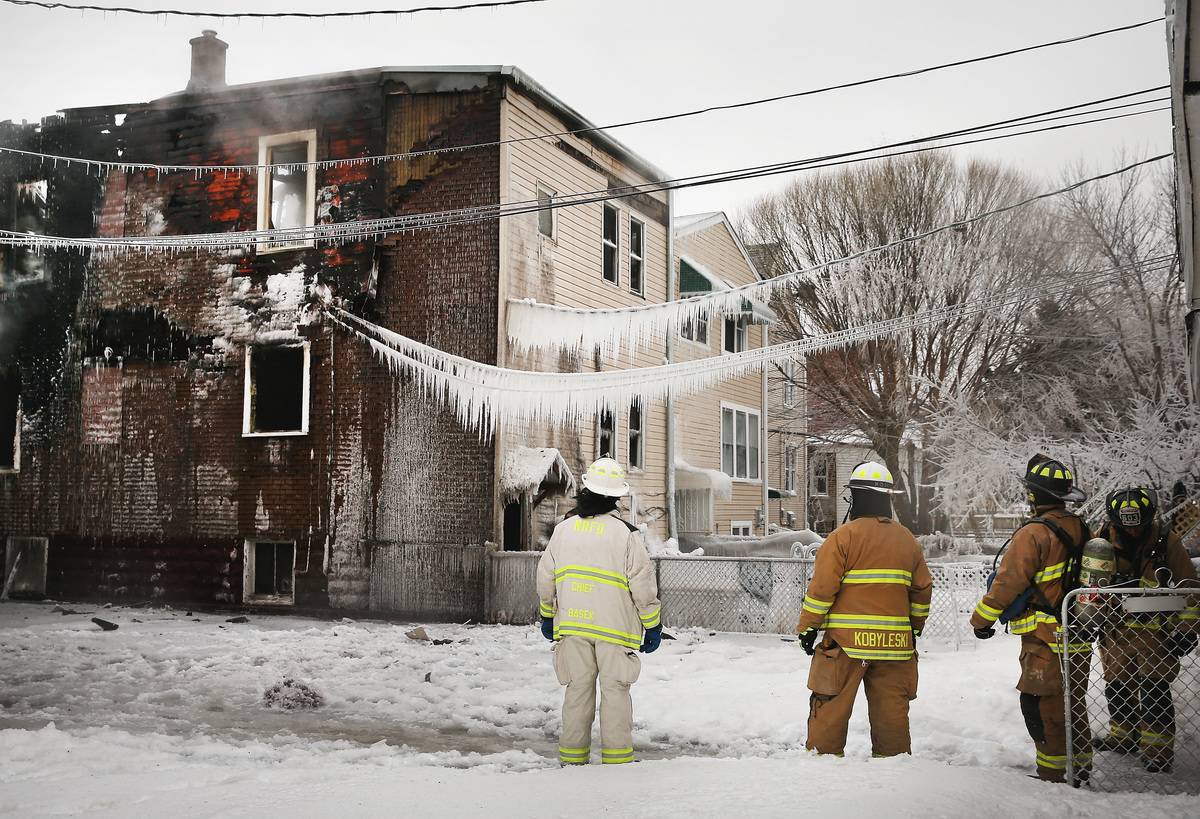
Cicero, located just outside of Chicago, was a productive industrial suburb for much of its history, with numerous factories and a strong labor base — not to mention access to Chicago and its transportation corridors.
As deindustrialization took place across the Midwest in the ’70s and ’80s, though, Cicero was hit hard as factories closed. A rise in poverty and crime, along with simmering racial tensions, stressed Cicero’s social fabric. While it’s still a heavily populated suburb, it continues to grapple with these issues.
Dayton, Ohio
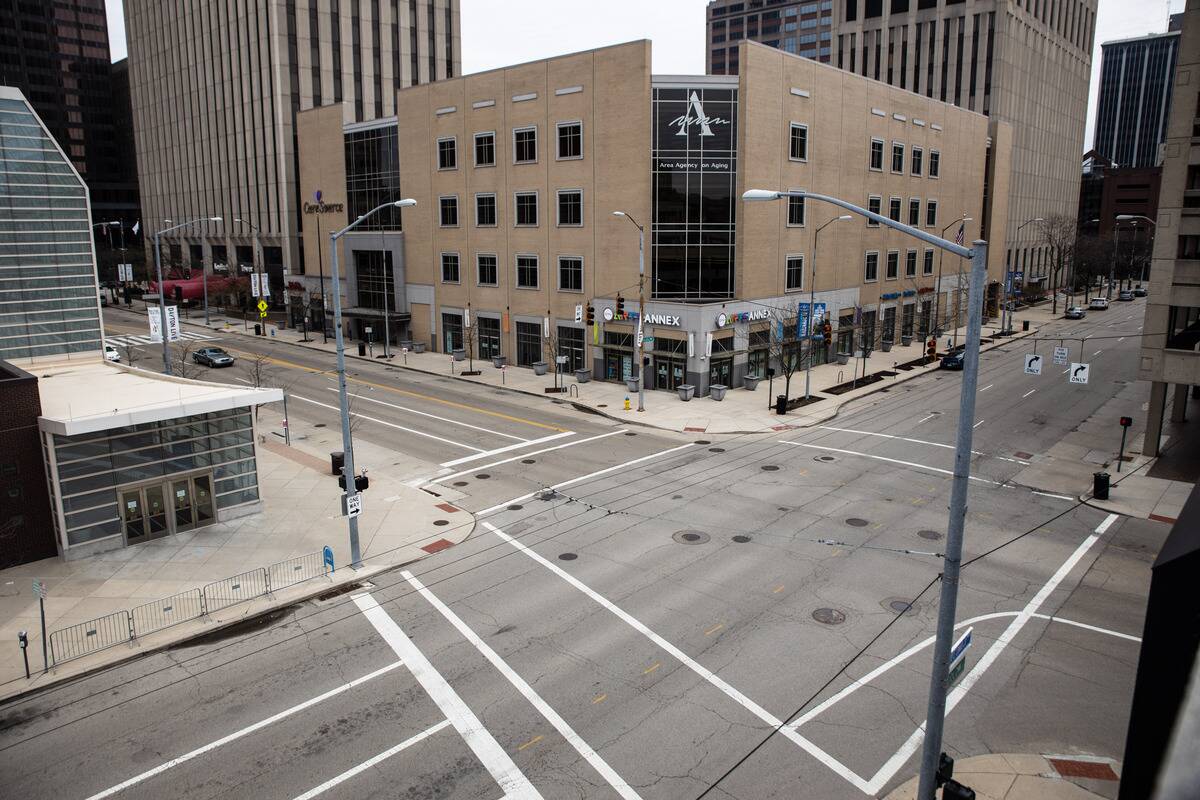
Dayton, Ohio, experienced a fantastic period of success throughout the mid-1900s. The city’s economy was driven by a strong manufacturing sector that provided many high-paying jobs, and the city also became a leader in technological innovation. According to Forbes, more patents per person came out of Dayton than New York, Boston, Philadelphia, Cleveland, or Detroit during the 1910s.
Yet after hitting its population peak of 262,000 in 1960, Dayton started to decline as suburbanization and interstate highways kept an increasing number of residents away from the city proper. Worse yet, manufacturing jobs that were lost to lower-cost areas of the country were not replaced with new work, which led to a spike in crime and persistent economic struggles.
East St. Louis, Illinois
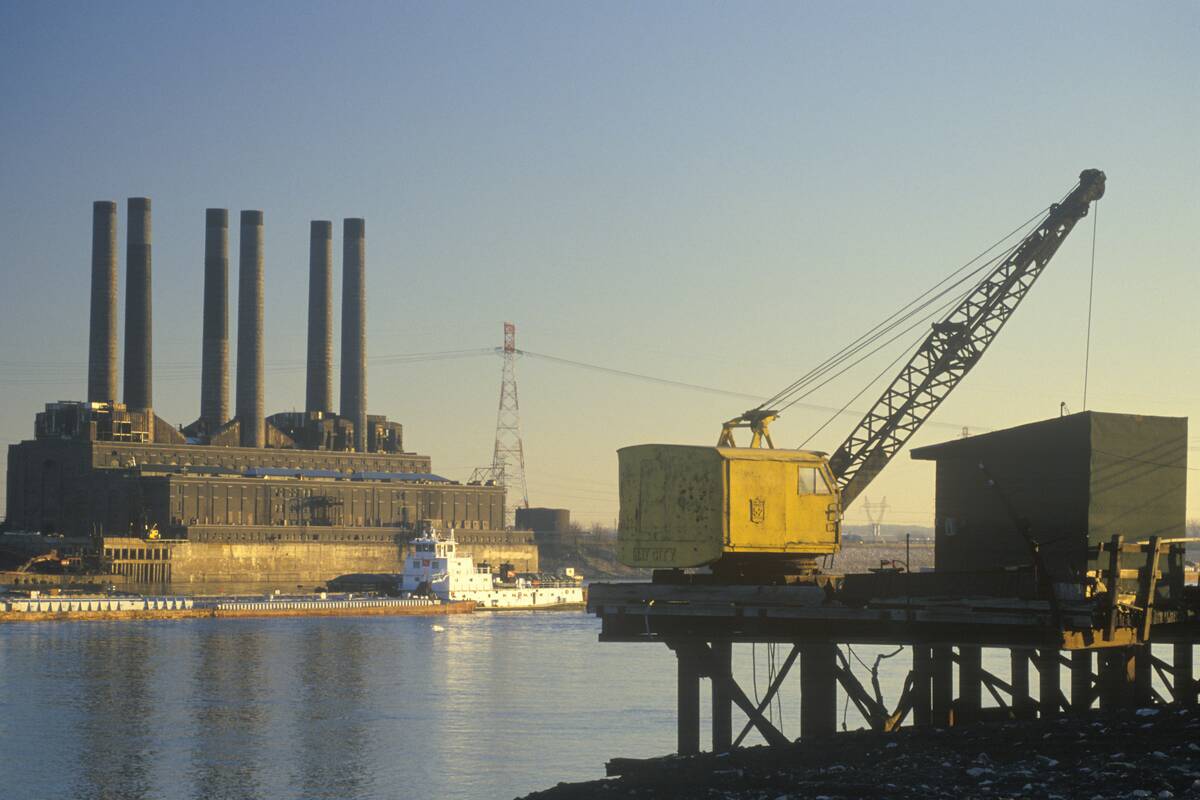
According to the Federal Reserve Bank of St. Louis, East St. Louis was a key industrial hub and bustling city at the turn of the 20th century. The railroad was responsible for much of this growth, but it was also a place where factories ran 24 hours a day and jobs abounded. As a result, its population doubled each decade until the 1950s.
Between 1960 and 1970, East St. Louis suffered from rapid deindustrialization, resulting in a drastic decrease in job opportunities in the area. In total, the city lost 70% of its businesses as manufacturers kept moving elsewhere. Between 1970 and 2000, soaring crime and unemployment, and inaction from the local government led the population of East St. Louis to decrease by 55%.
Chandler, Oklahoma
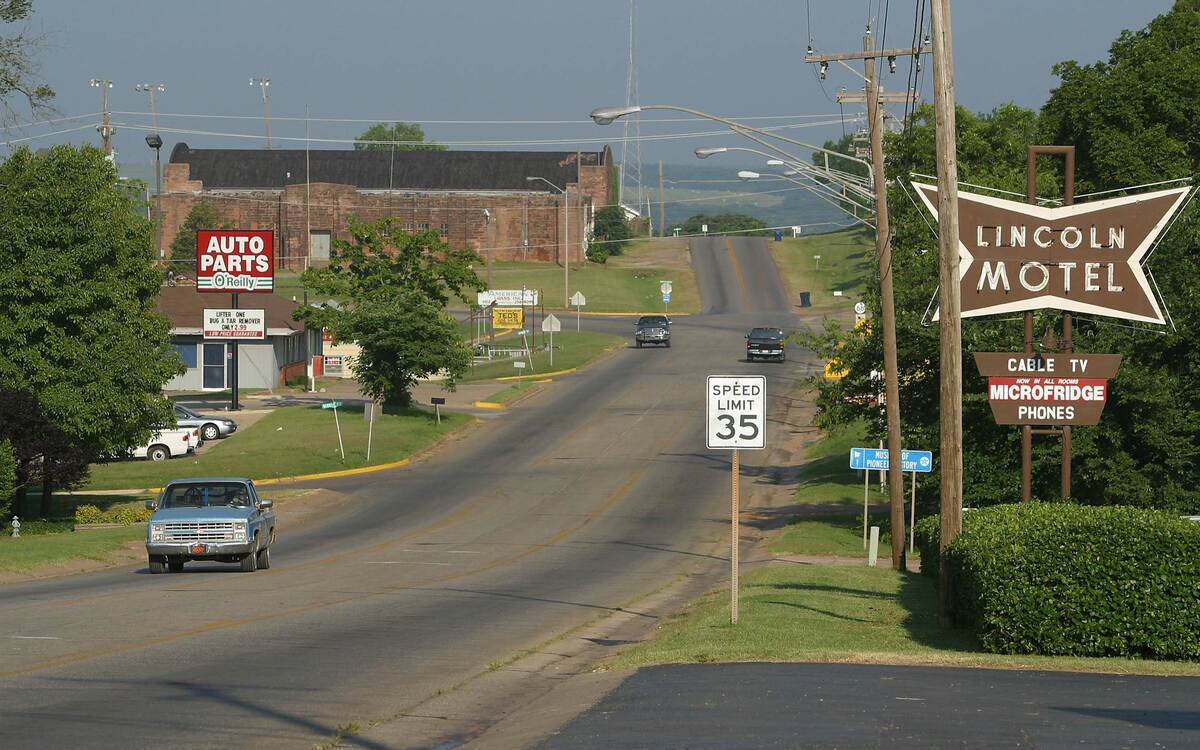
Chandler grew slowly after it was founded in 1891, with agriculture flourishing in the region. After the historic Route 66 was built through town, though, Chandler experienced a golden age, and built motels, diners, gas stations, and various roadside attractions to serve those who passed through.
Of course, the rise of the interstate highway system spelled the demise of towns like Chandler, as Route 66 was no longer necessary for cross-country travel.
San Bernardino, California
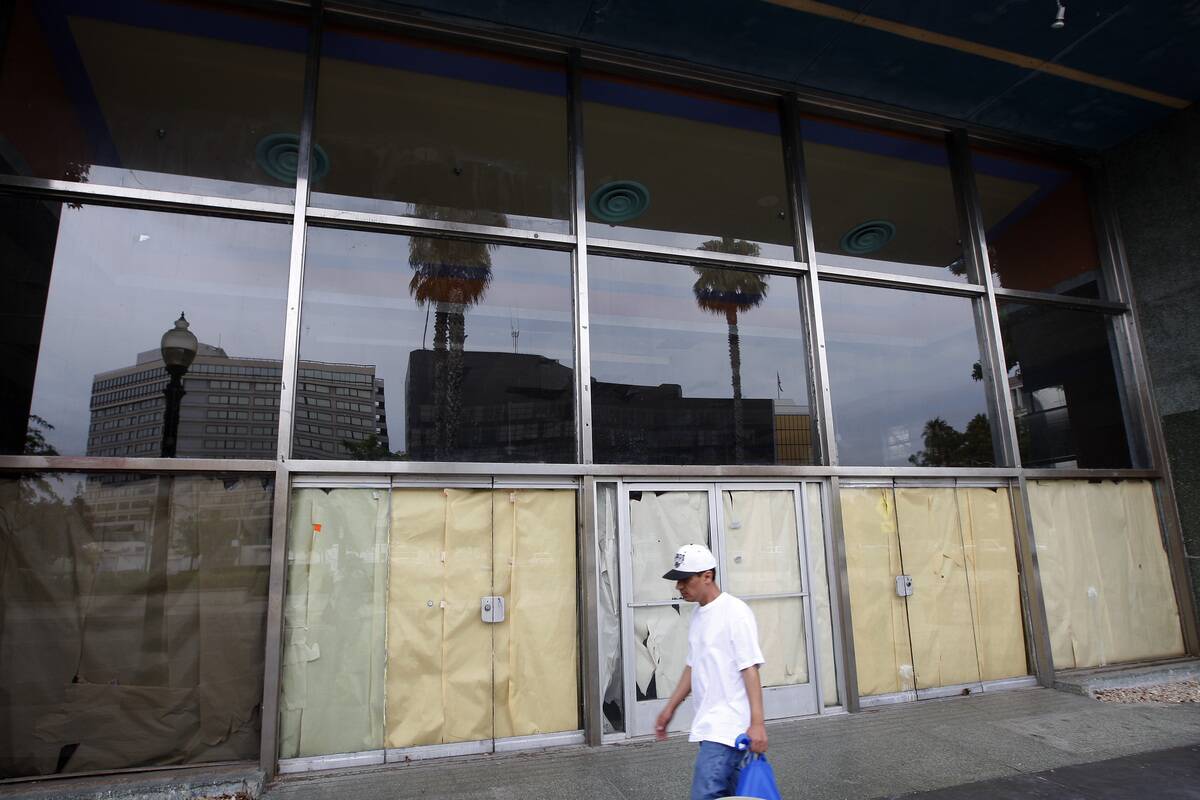
Once a hub of economic growth in the late 19th and early 20th centuries, San Bernardino boasted an array of former industrial sites and transportation infrastructure, such as the Santa Fe Depot and Santa Ana Freeway. In the city’s heyday, new railroad lines, mining, and steel manufacturing drove employment and growth.
However, a downturn in the mid-20th century saw regional and California-wide economic woes bring down much of San Bernardino’s grandeur. According to The Los Angeles Times, the Santa Fe Depot and freight lines closed, along with regional factories like its once-proud steel plant. Even the Air Force and law offices pulled out of the city, leaving San Bernadino as one of the only American municipalities to file for bankruptcy in 2012.
Providence, Rhode Island
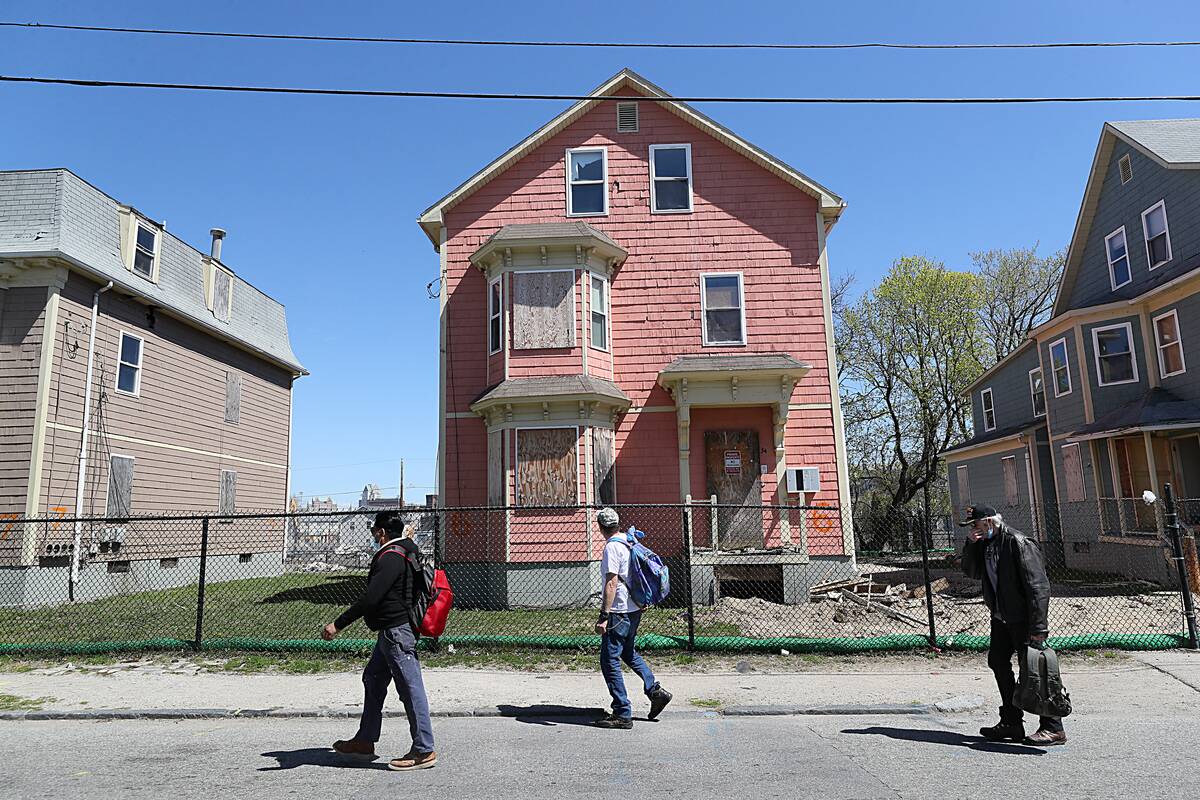
According to Brown University’s Providence Architecture website, Providence came to prominence during the Industrial Revolution and was a particular hub for textile manufacturing. One of the first American cities to industrialize, the city’s array of mills paints the picture of a prosperous place where innovation thrived. Business Insider also noted that it was once the “jewelry capital of the world.”
However, Brown also describes those mills as “abandoned, useless, and falling apart” in more recent years. Jewelry manufacturing also started to spiral downward by the 1980s, and employment here shrank from 32,500 workers in 1978 to 3,000 in 2014. In general, Rhode Island has not effectively transitioned from a post-manufacturing economy since the decline began.
Stockton, California
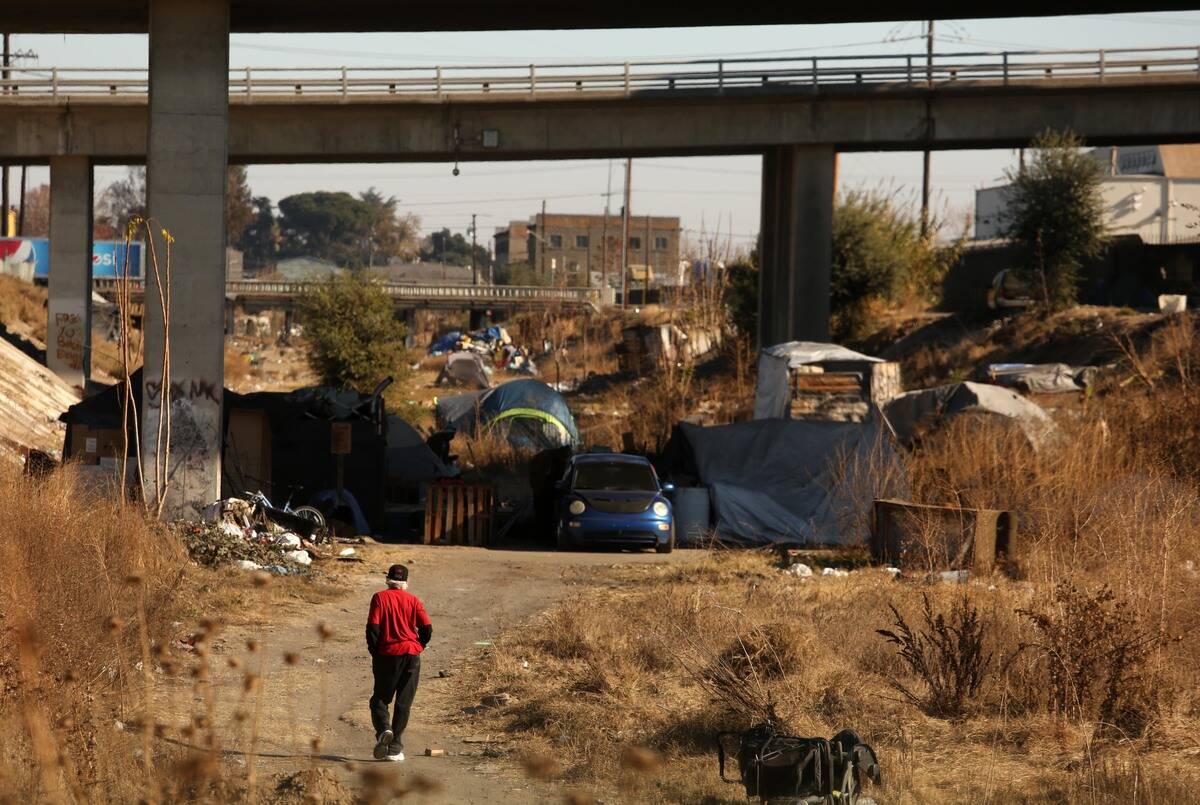
As Reuters reported, Stockton entered the new millennium as a city that transformed from a quiet farming town into a city of 300,000. This growth was supported by soaring stock market values and America’s robust and lucrative housing market, which prompted local politicians to spend even more in a bid to turn Stockton into a bustling city.
However, a weakened economy in the late 2000s and the rapid expansion of subprime mortgages that led to a housing crisis put the city in financial distress. The city became a symbol of the country’s economic woes, eventually filing for bankruptcy in 2012 and causing many citizens to lose their homes and face deep cuts in essential services.
Wilmington, Delaware
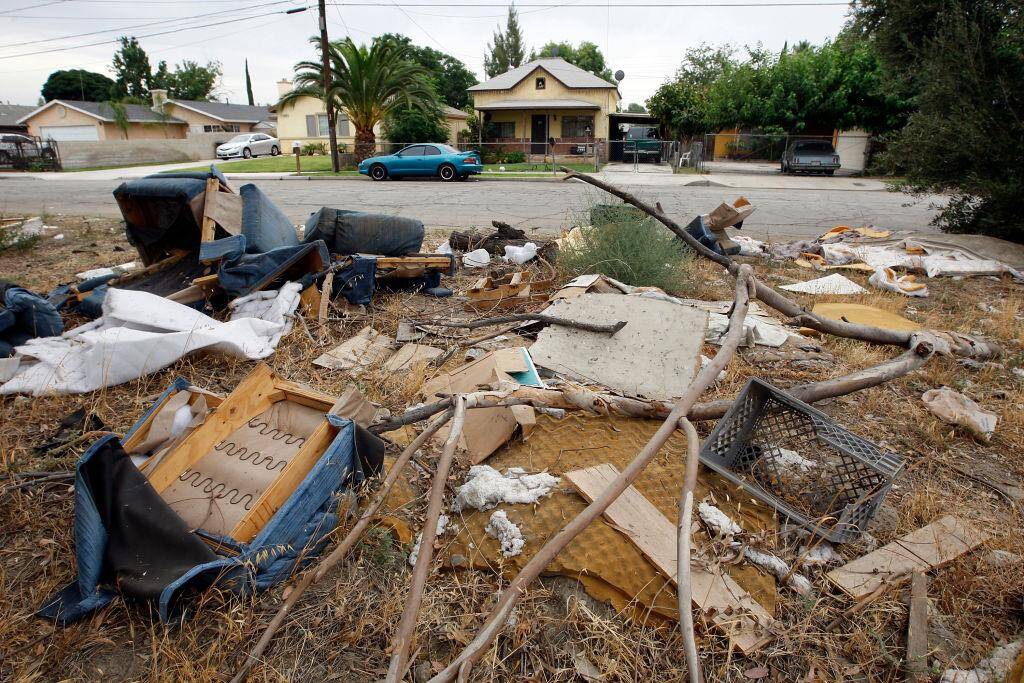
Wilmington’s convenient location as a port city on the Delaware River, combined with the growth of the railroad industry, made it an industrial hub in the 19th century. The city enjoyed increased commerce and infrastructure expansion, and by World War II, Wilmington’s official website said its shipyards, steel foundries, machinery, and chemical producers ran on a 24 hour-basis.
The fall of Wilmington began in the 1960s, as manufacturing and corporate employers shifted operations away from the city, and manufacturing declined. Although Wilmington emerged as a “corporate capital” in the ’80s thanks to business-friendly laws, The Philadelphia Inquirer reported that it still suffers from high crime rates, high unemployment, and public debt.
Memphis, Tennessee
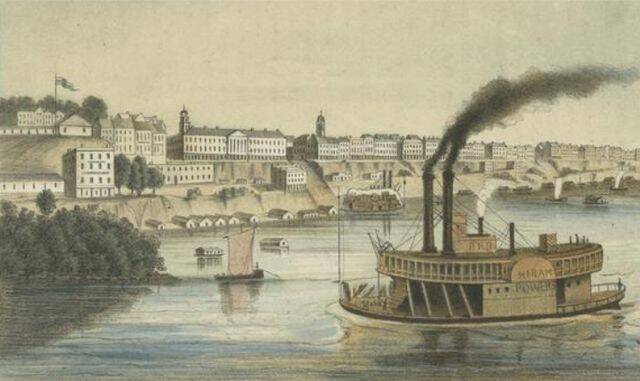
In the 19th century, Memphis, Tennessee, was an economic powerhouse in the Southern United States. According to the Tennessee Encyclopedia, Memphis kept its economy robust through railroading, cotton processing, lumber, and other manufacturing opportunities that would come later. The city was also home to an impressive music scene and was an important cultural center for African-Americans.
However, by the mid-20th century, Memphis began to decline economically due to changes in the economy that moved manufacturing away from the city. According to The Atlantic, the departure of manufacturers like Firestone from the area cost thousands of high-paying jobs that never returned. This resulted in high unemployment, which later gave way to some of the nation’s highest crime rates that this cultural luminary of the Southeast still struggles with.,
Milwaukee, Wisconsin
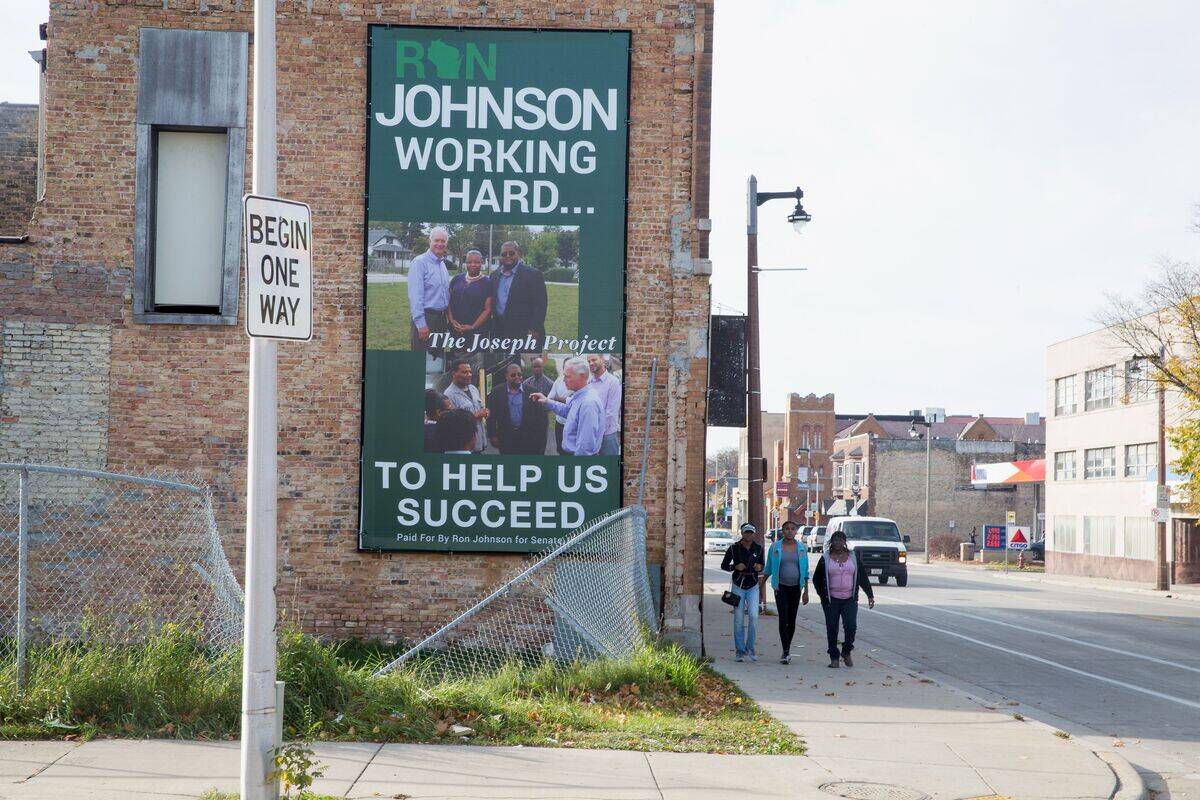
According to the Wisconsin Historical Society, Milwaukee was once a major powerhouse of the industrial revolution due to its many brewers, metal-working concerns, and close proximity to the Great Lakes. It thrived
in the late 19th century and early 20th century.
However, the city’s
economy began to decline in the 1960s as larger industries shifted away
from Milwaukee. The decline of Milwaukee’s manufacturing industry and the city’s racial tensions resulted in an overall decline
in economic and social conditions. As Wisconsin Public Radio reported, Milwaukee’s population is now at the lowest it’s been since 1930.
Bridgeport, Connecticut

Bridgeport, Connecticut, was initially an important port city that provided industrial jobs in the 1900s and even enjoyed a population boom
as a result. According to Connecticut History, the city was especially
known for the Bryant Electric Company, as well as its production
of sewing machines and the manufacturing of cars.
However, beginning in
the 1970s, the city’s industries started declining, and unemployment
rose. By the 1980s, most of the major employers in the city had closed,
and the population had dramatically declined.
Niagara Falls, New York
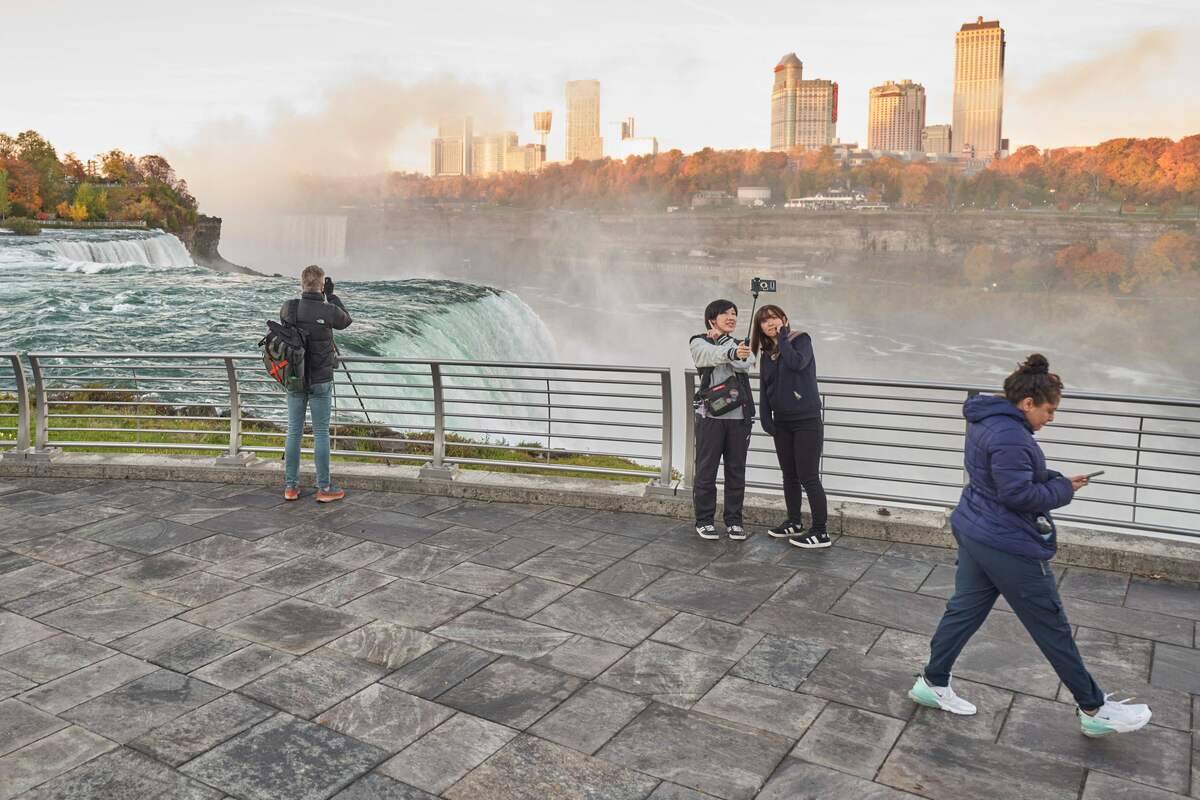
According to Skift, Niagara Falls, New York, once enjoyed a remarkable rise in population and industry in the early 20th Century due to it being an ideal place for trade and manufacturing. Waterfalls from the Niagara River have provided abundant hydroelectric power, supporting nearby grain mills, hemical companies, and earning Niagara Falls the nickname the “Power City.”
However, beginning in the 1960s, the city’s population and industry began to decline due to competition from U.S. and Canadian cities such as Toronto, Buffalo, and Rochester. This, as well as the decline of U.S. manufacturing after the 1950s, led to economic instability in the city and a steady population decline that Niagara Falls is still fighting to avoid being downgraded to a town.



